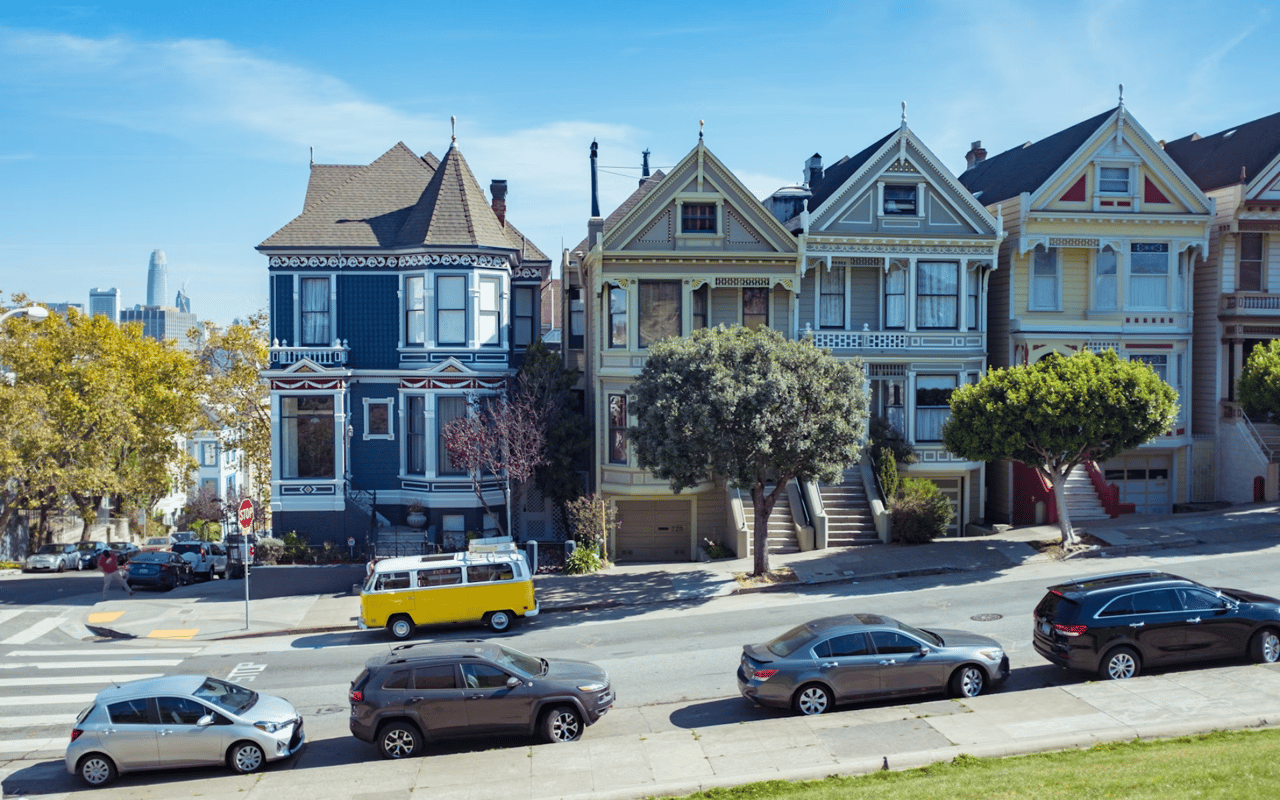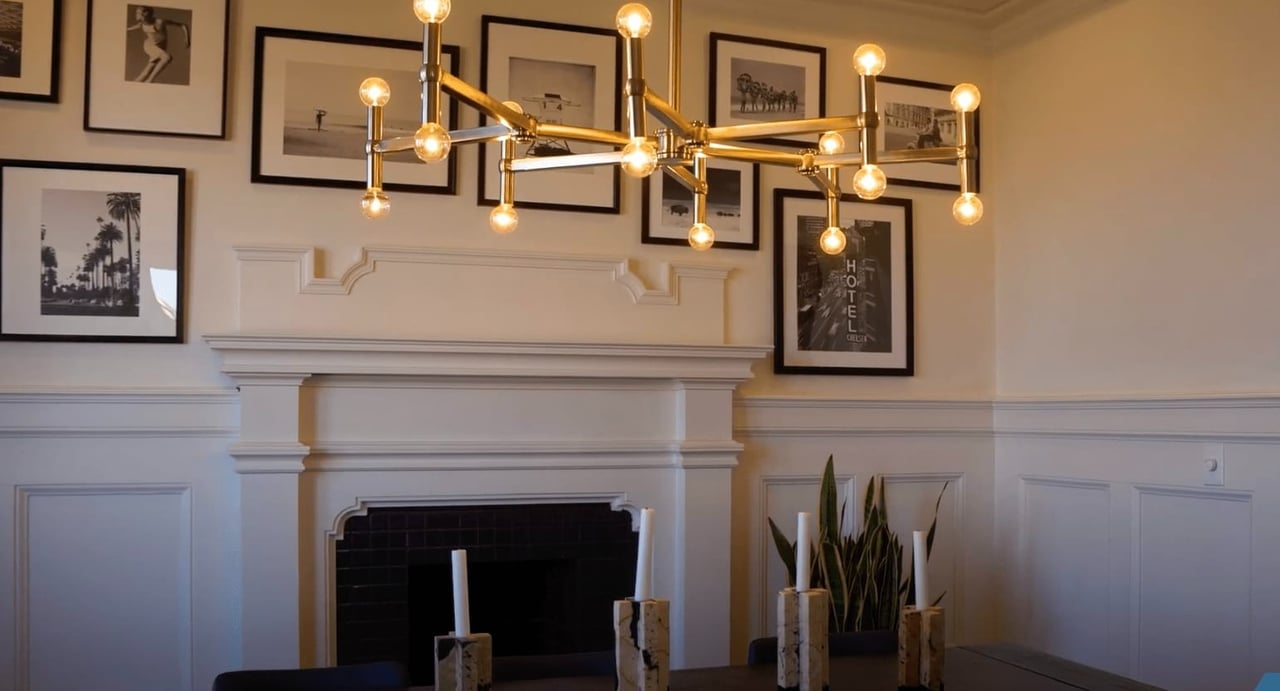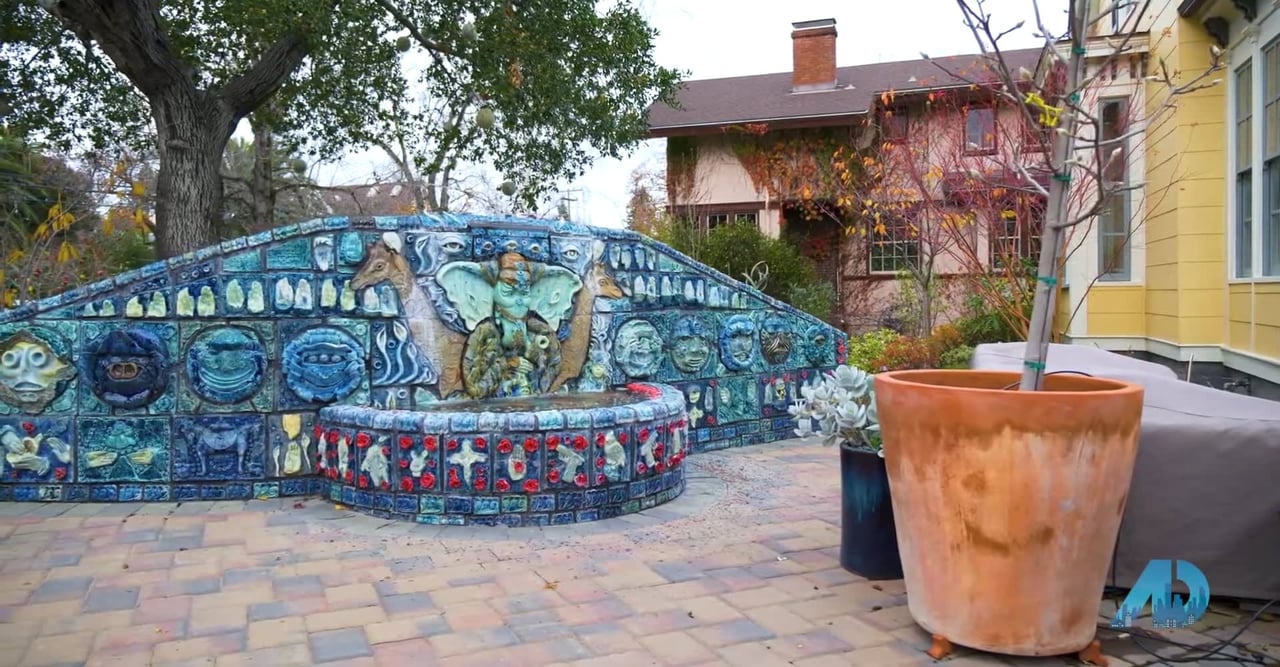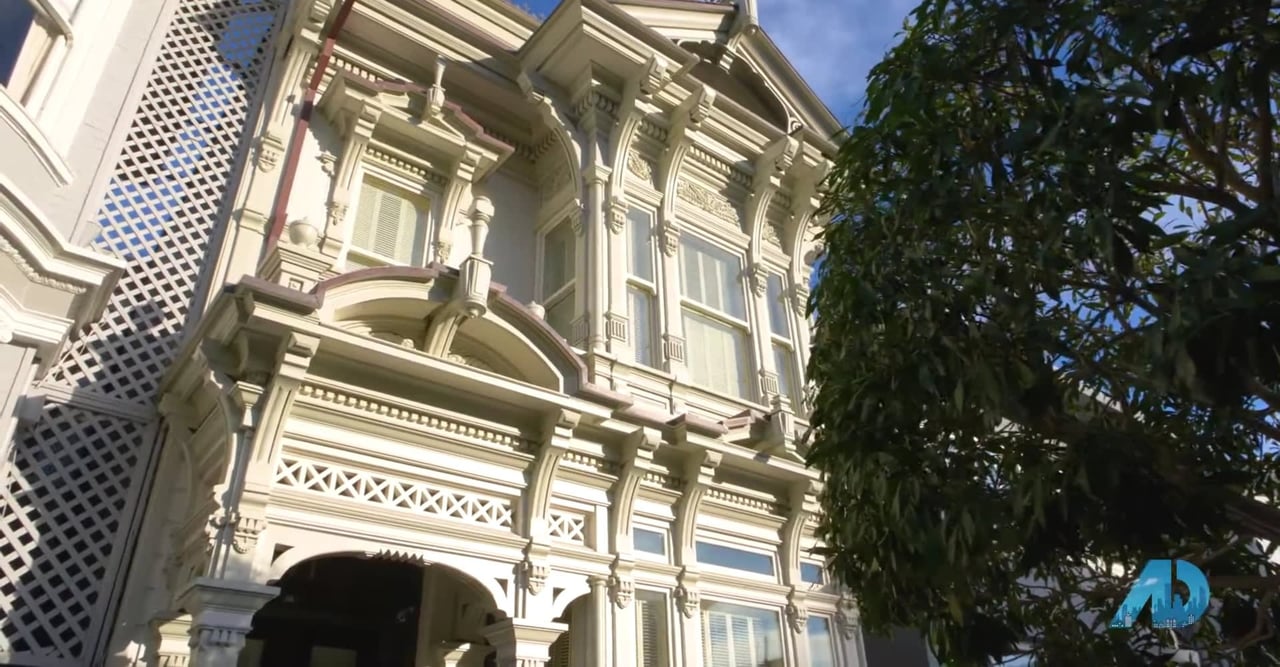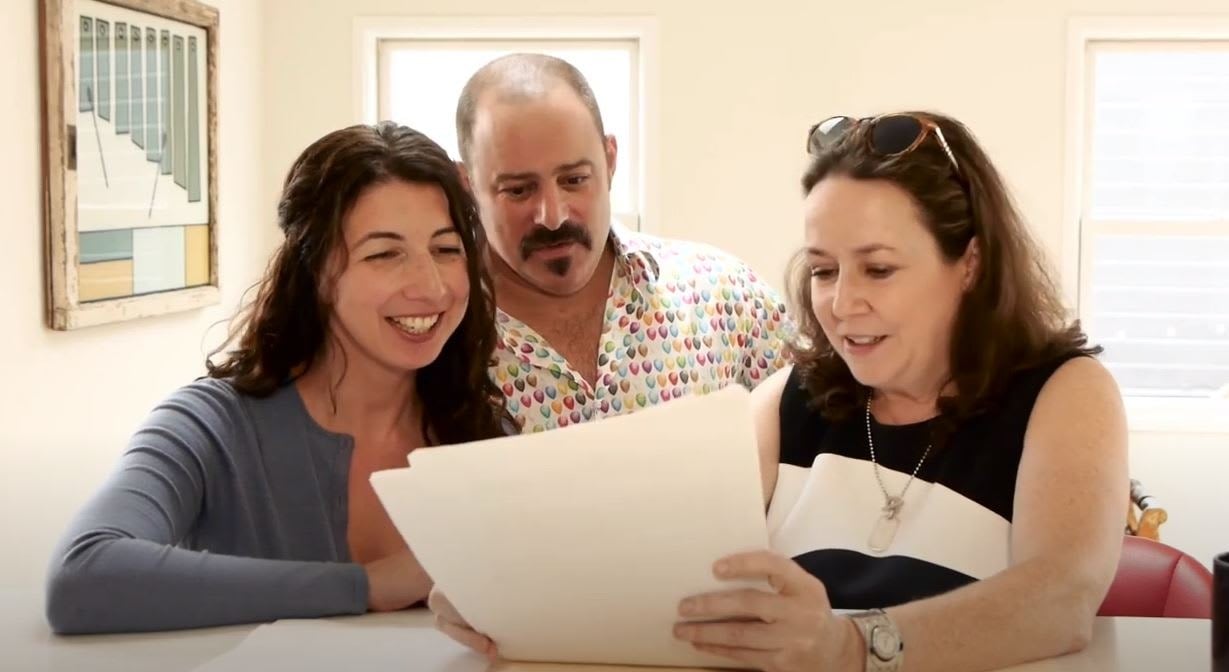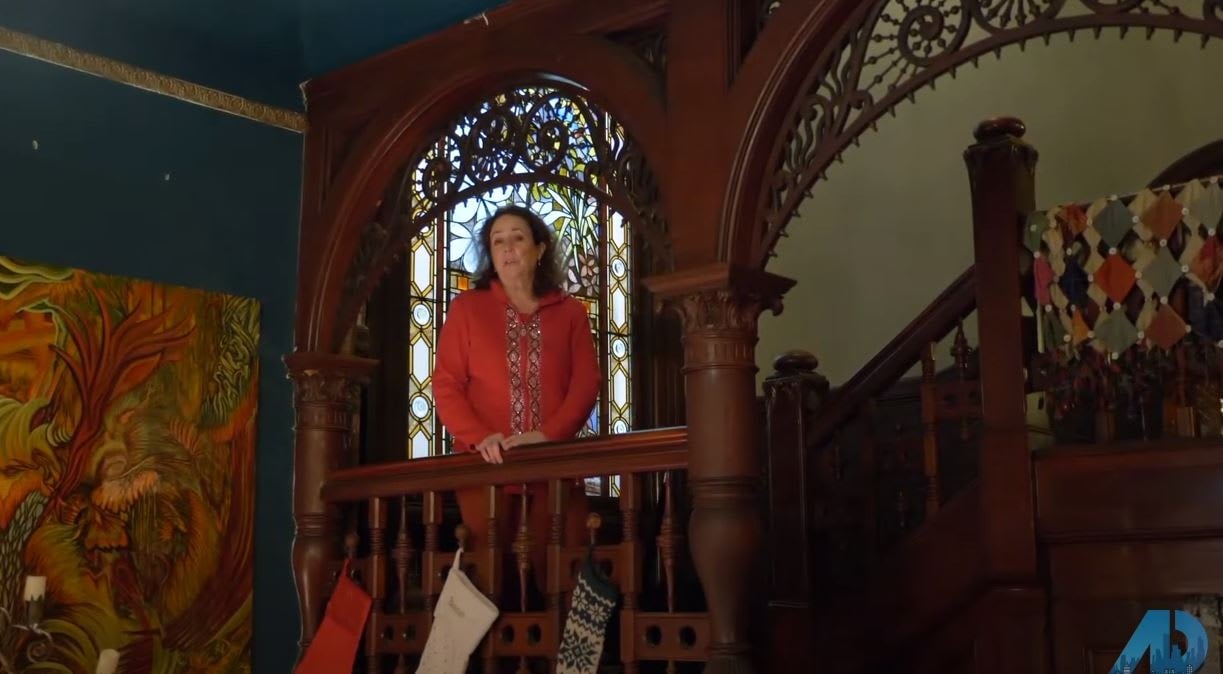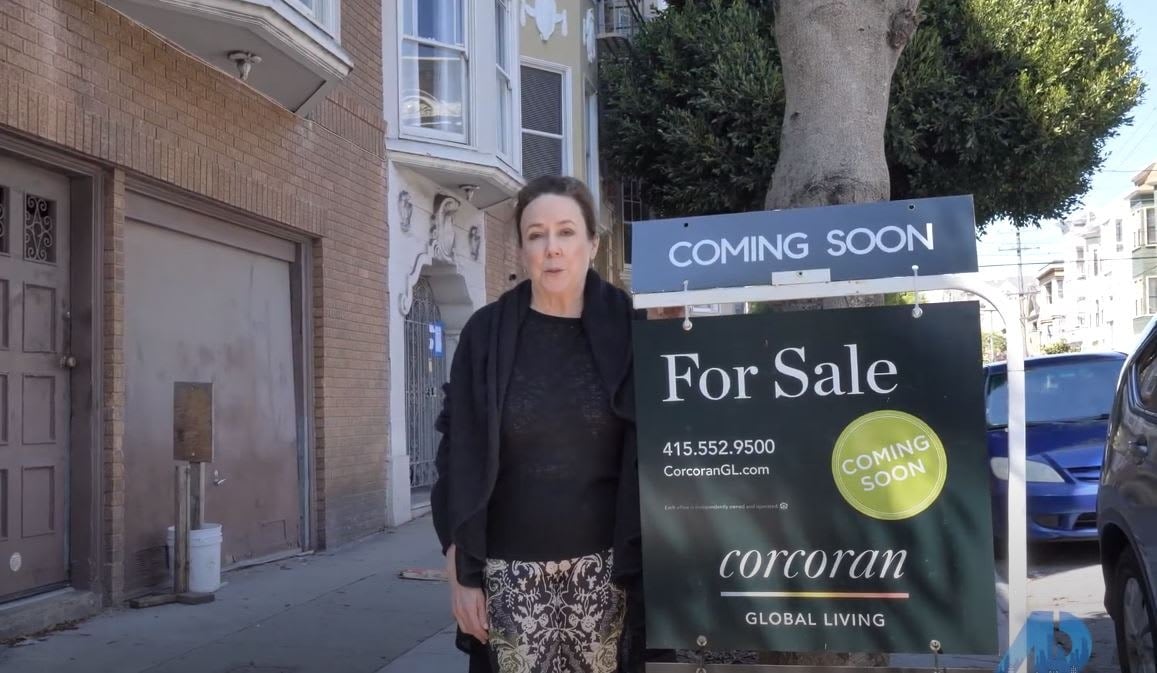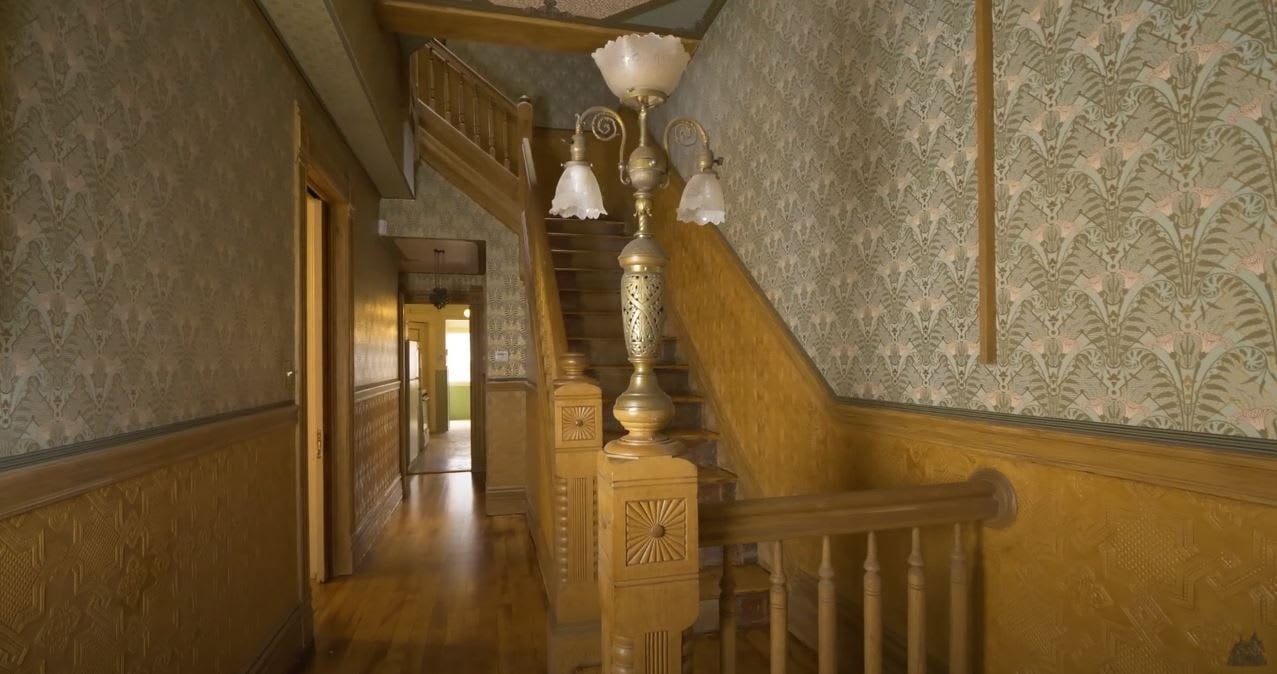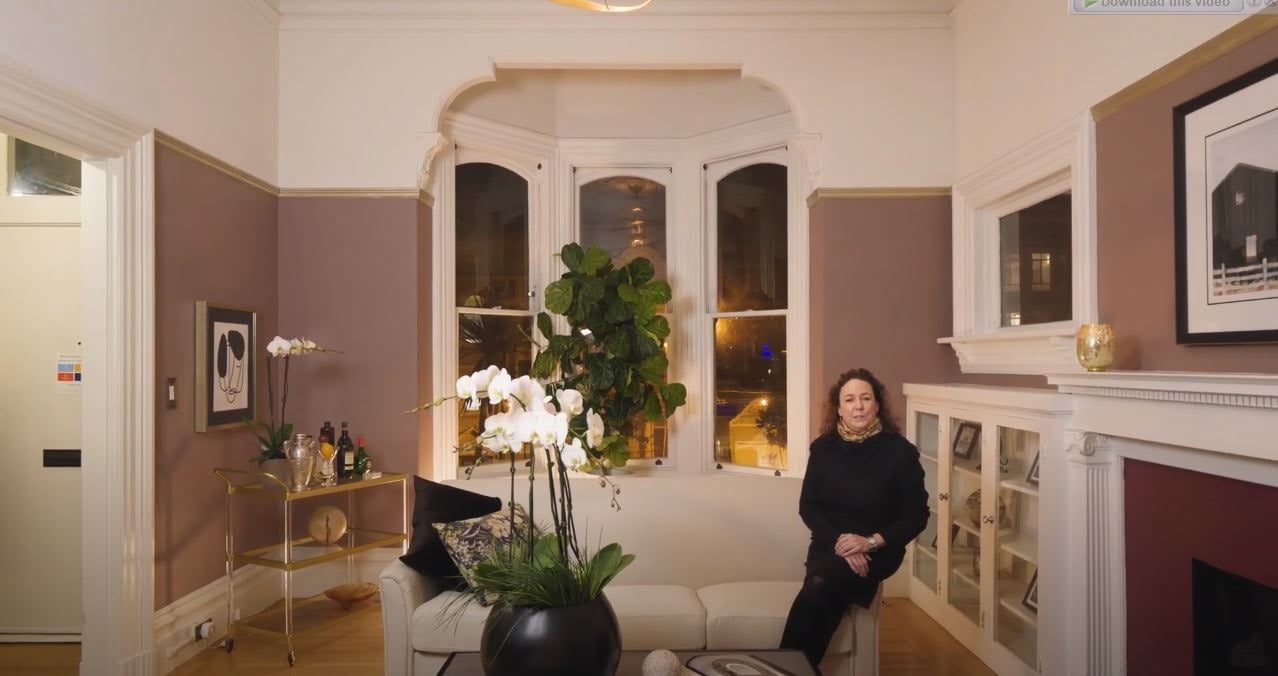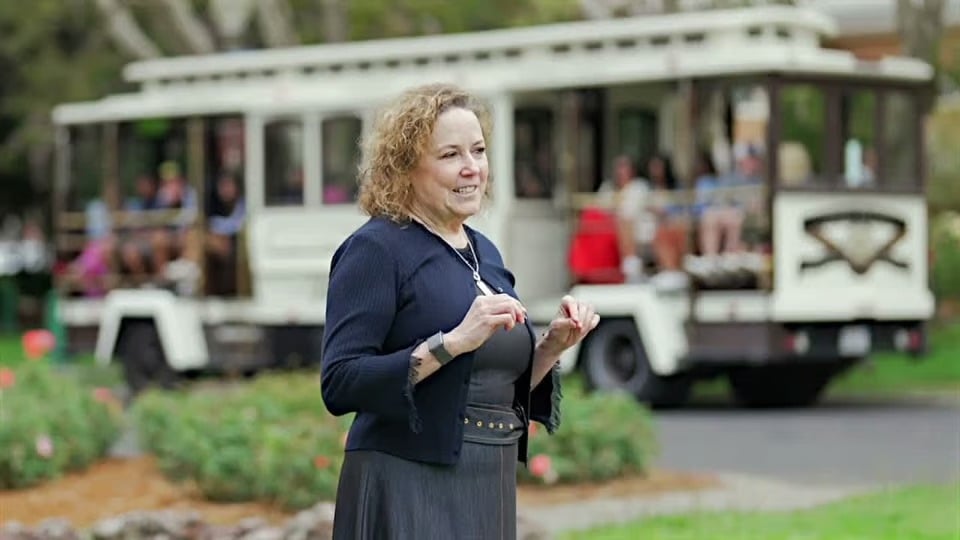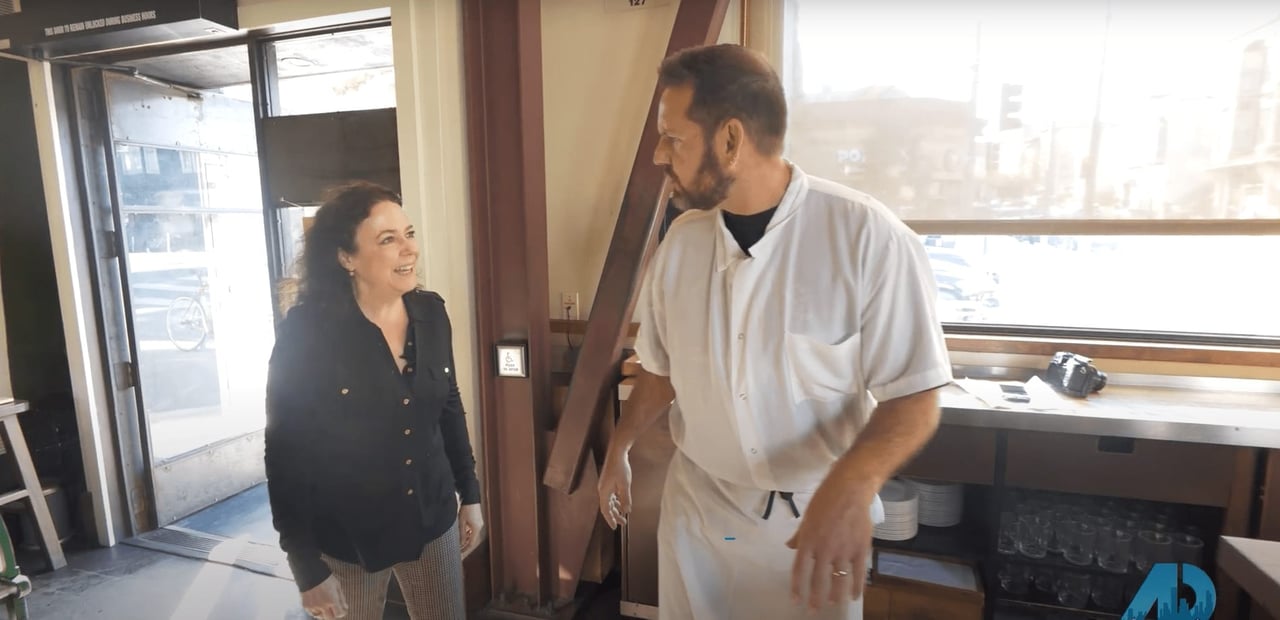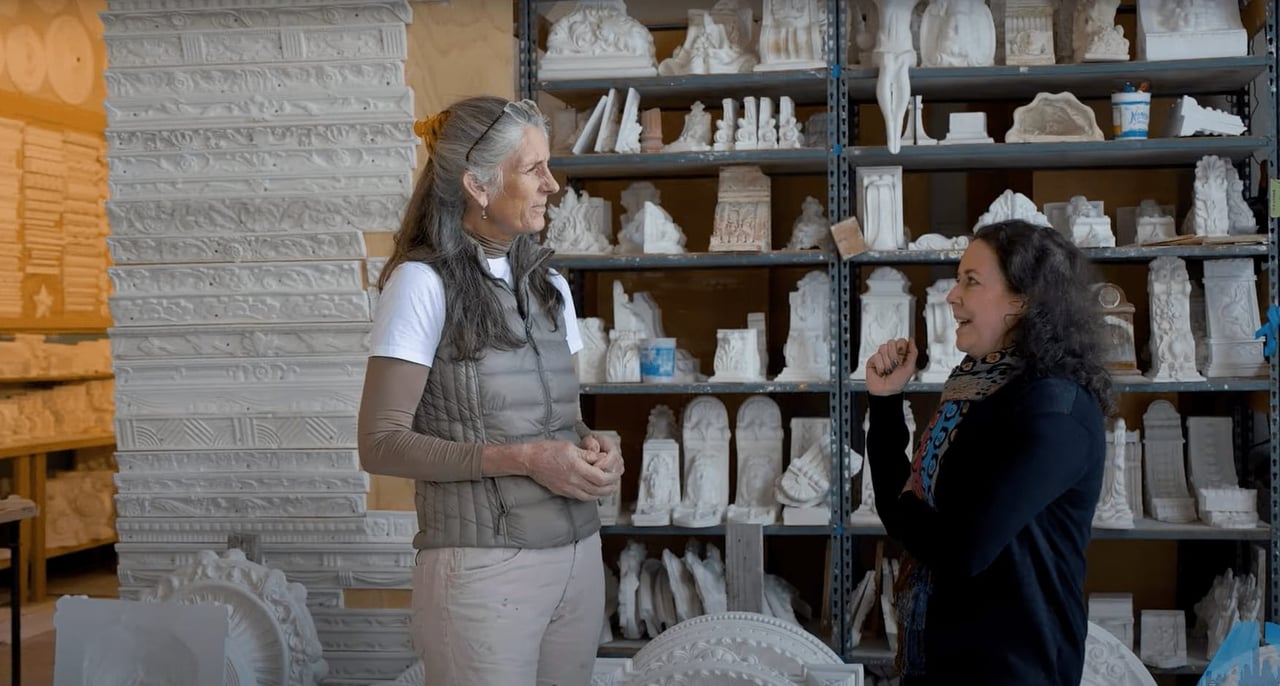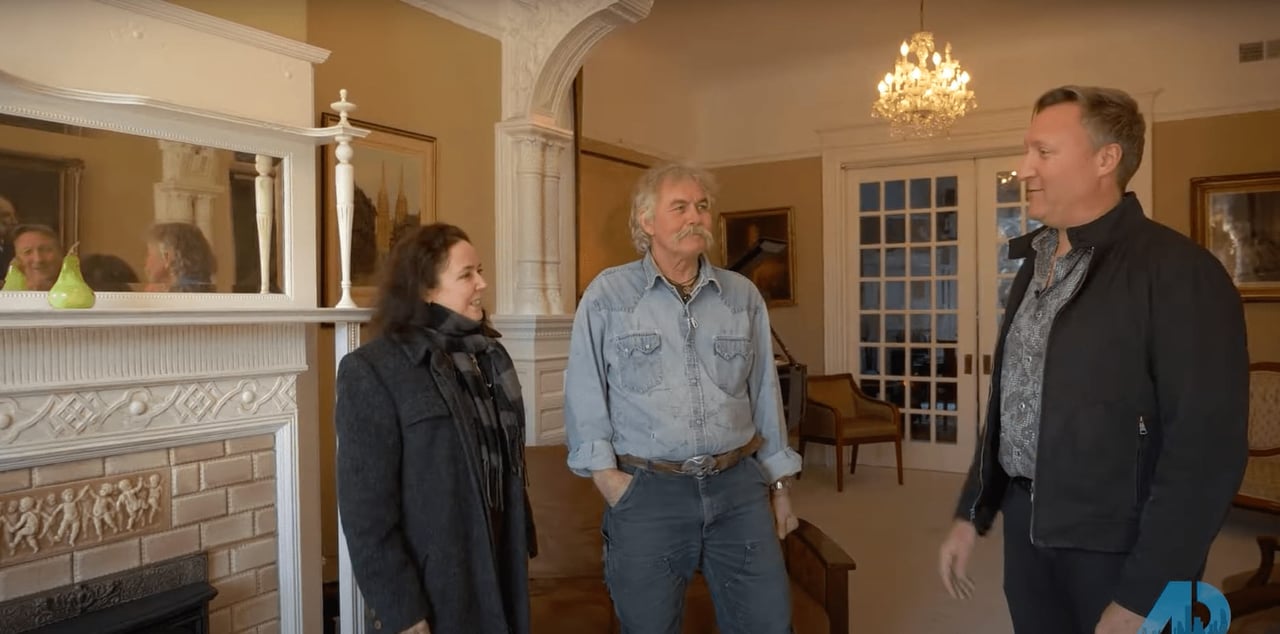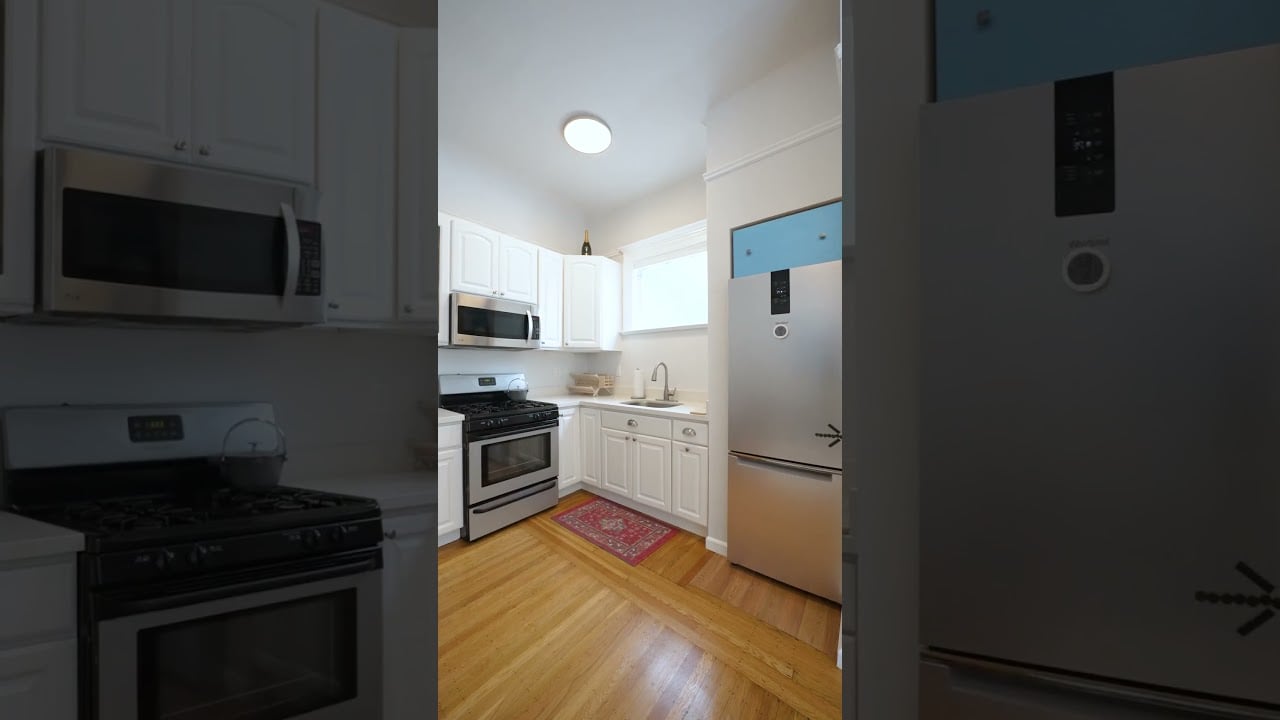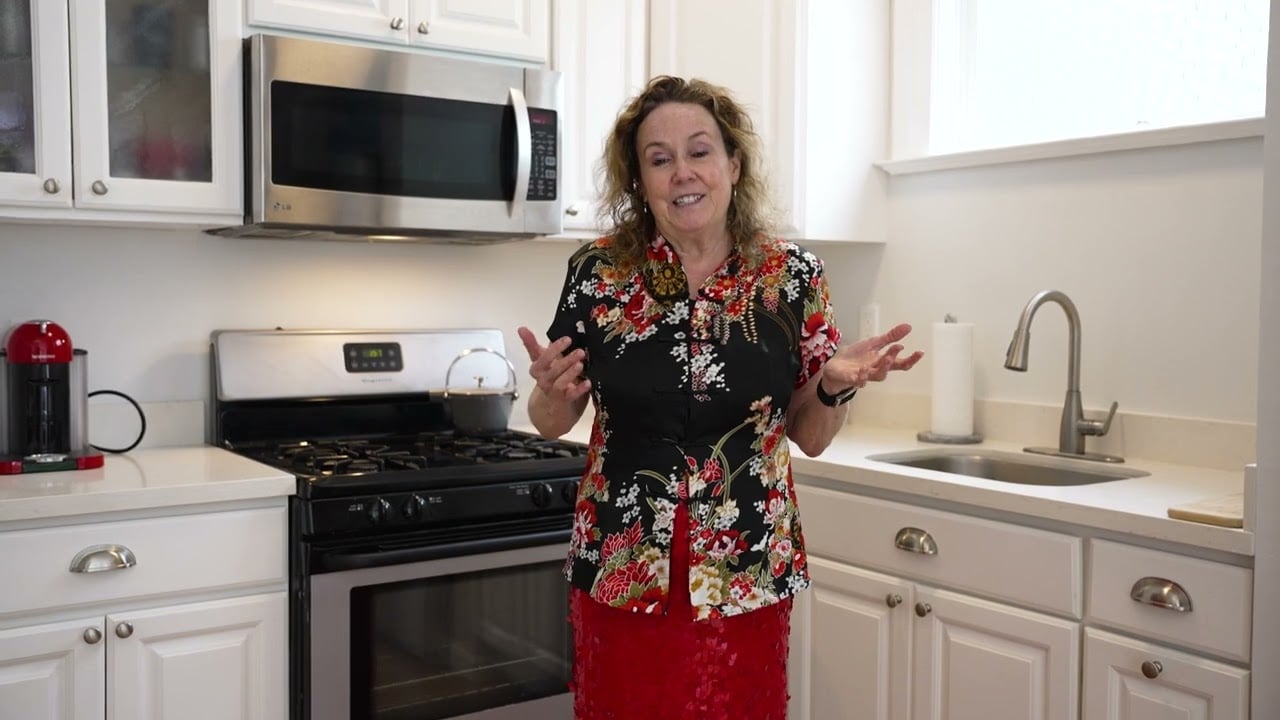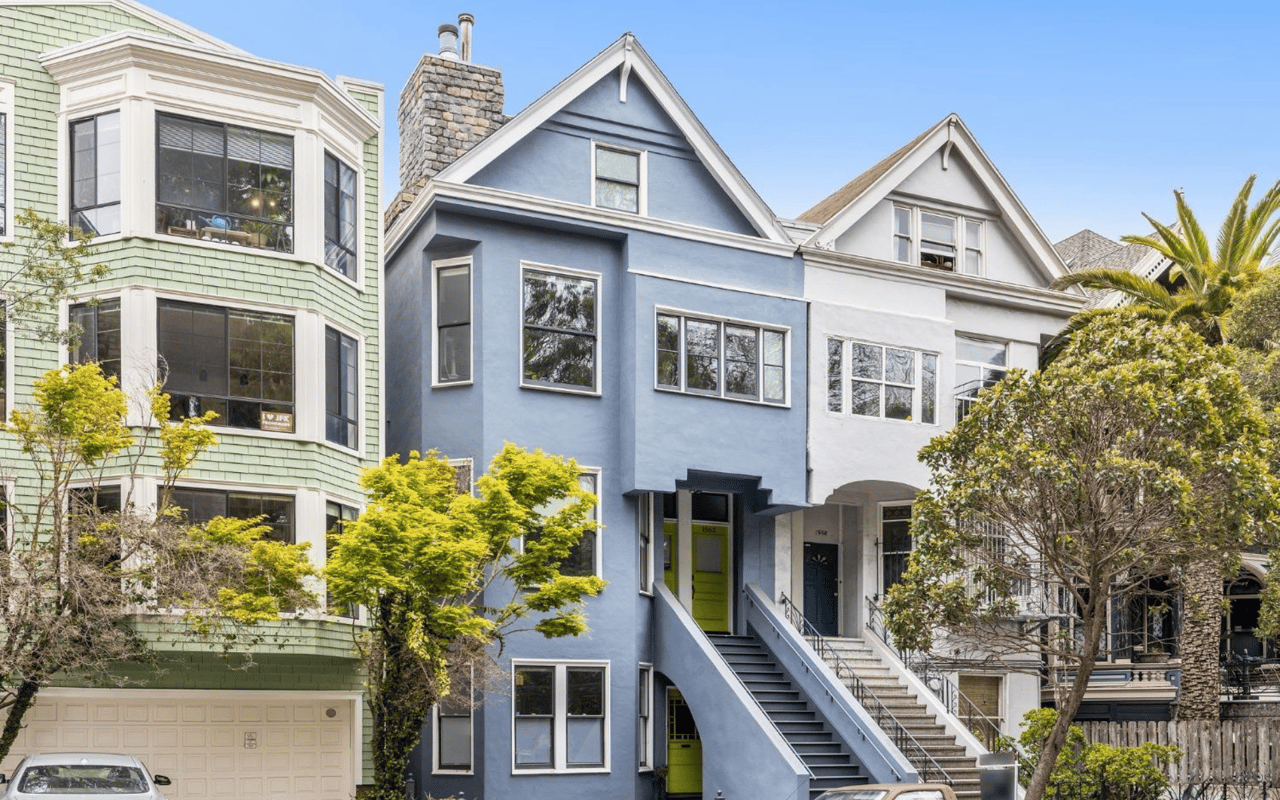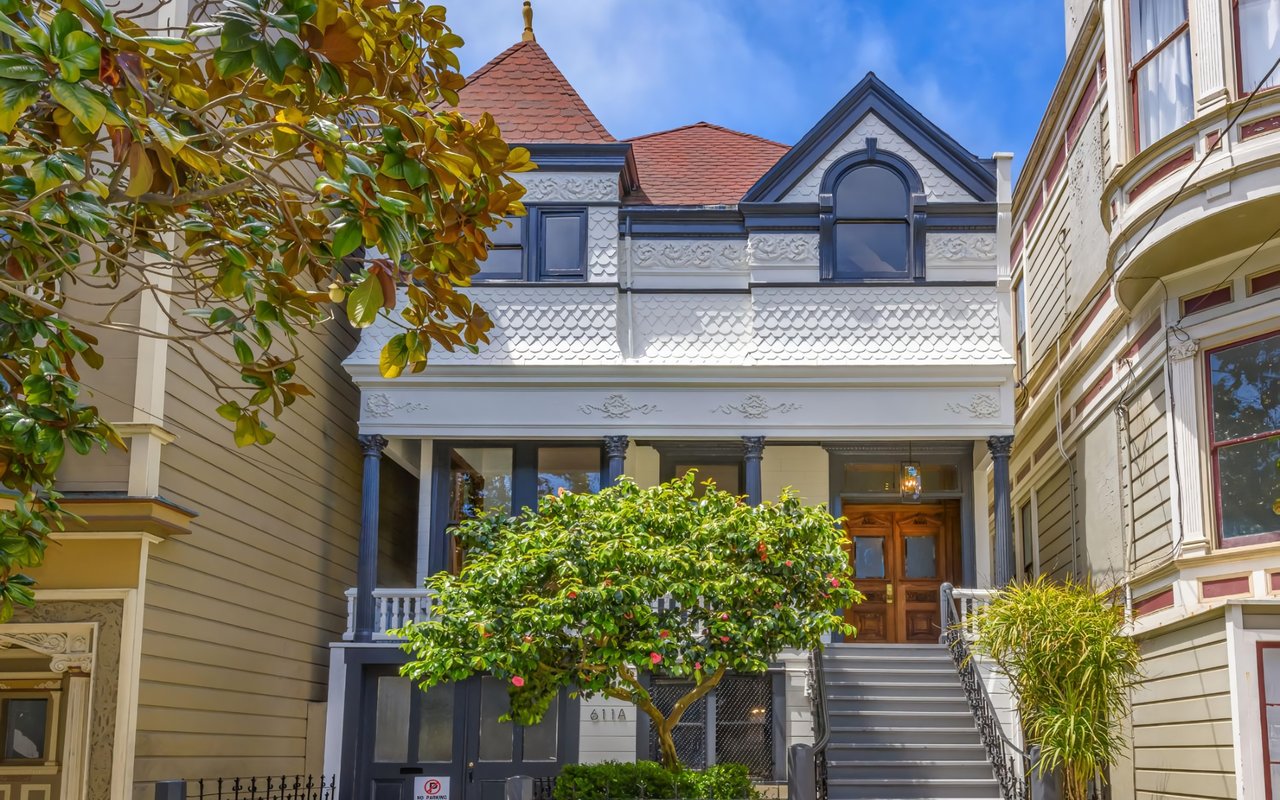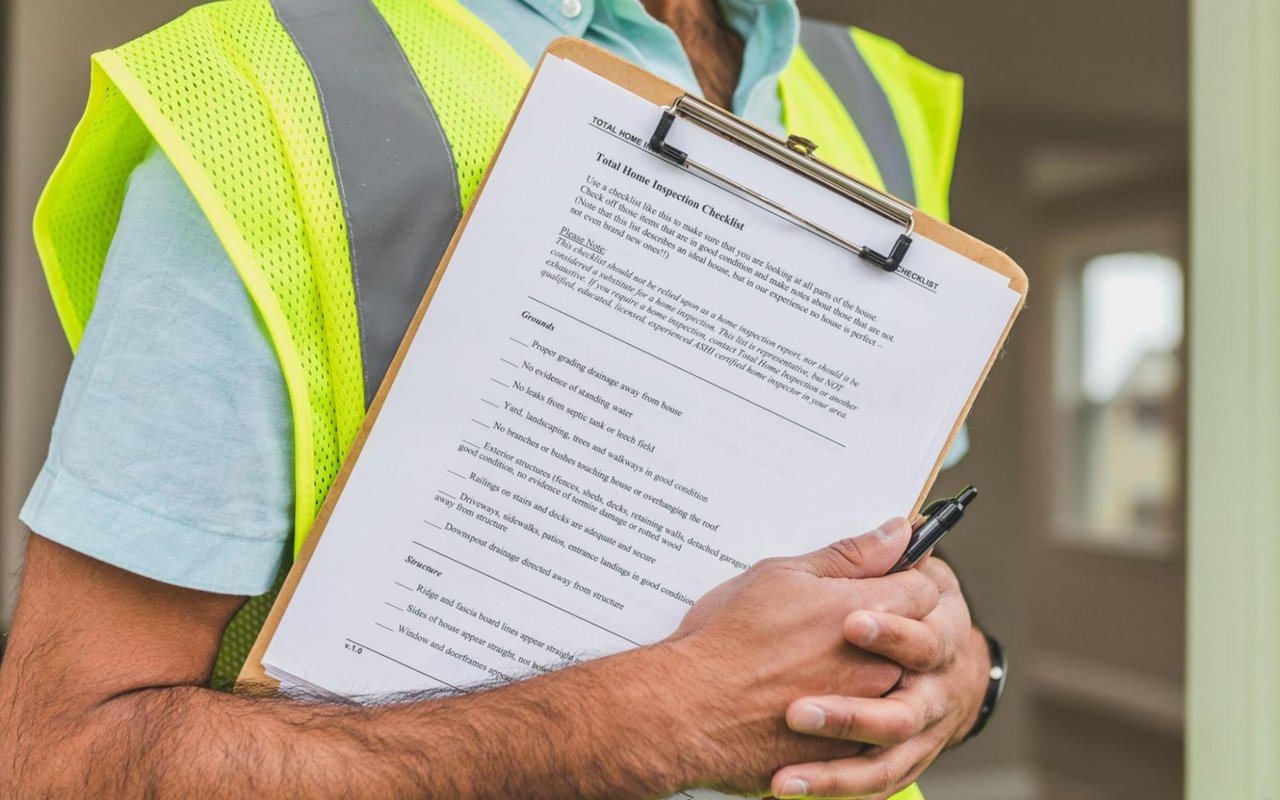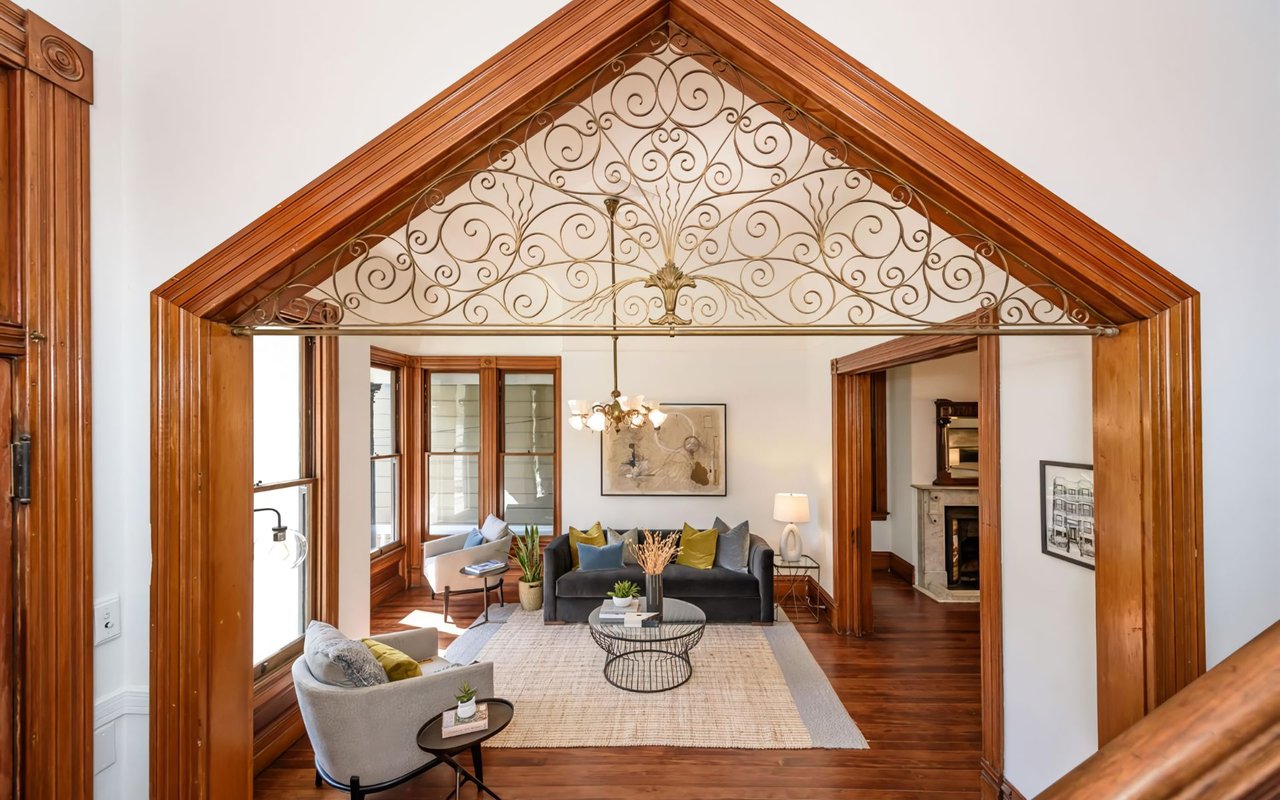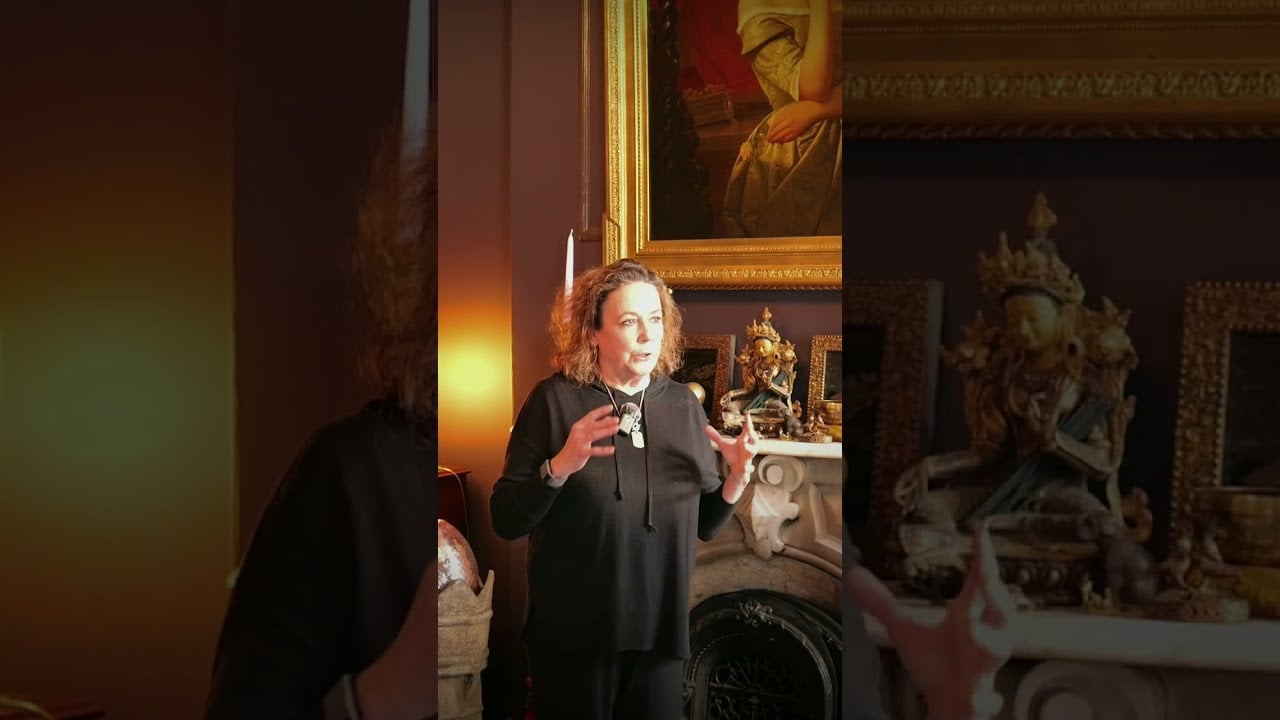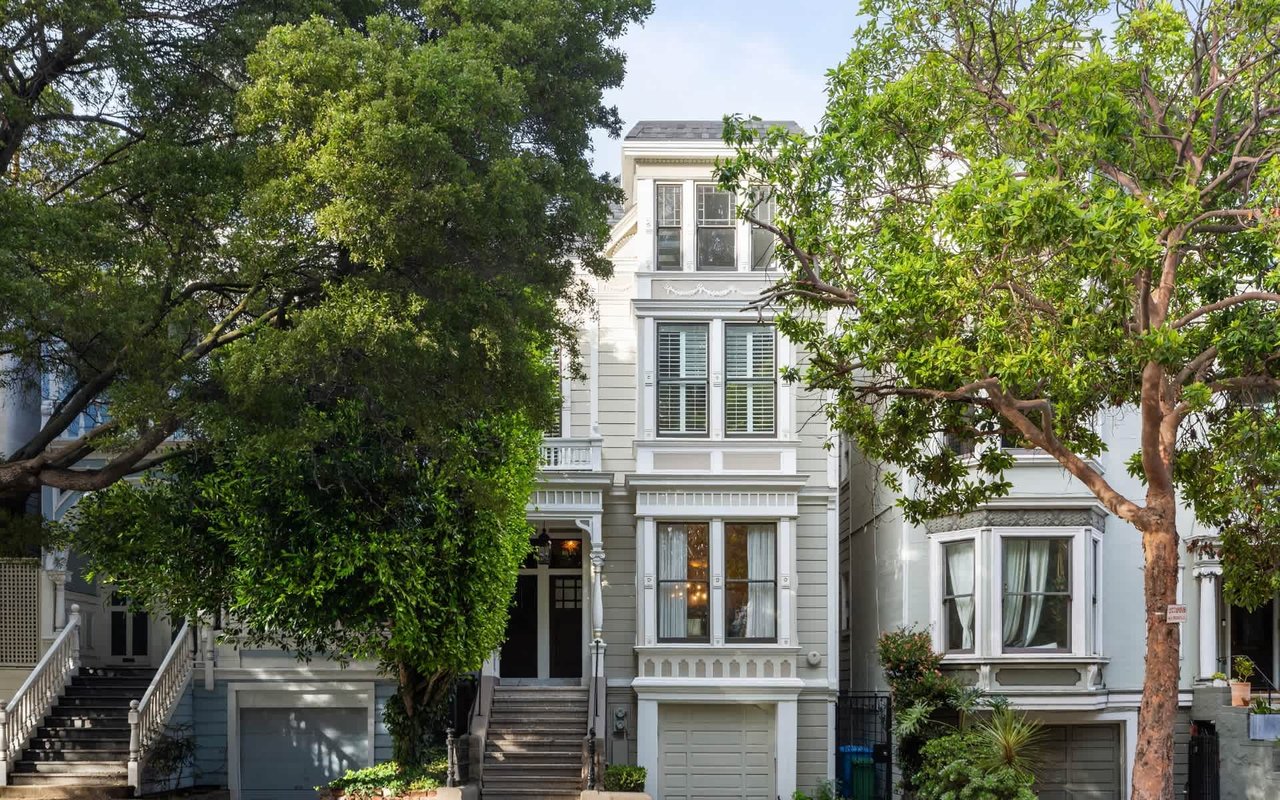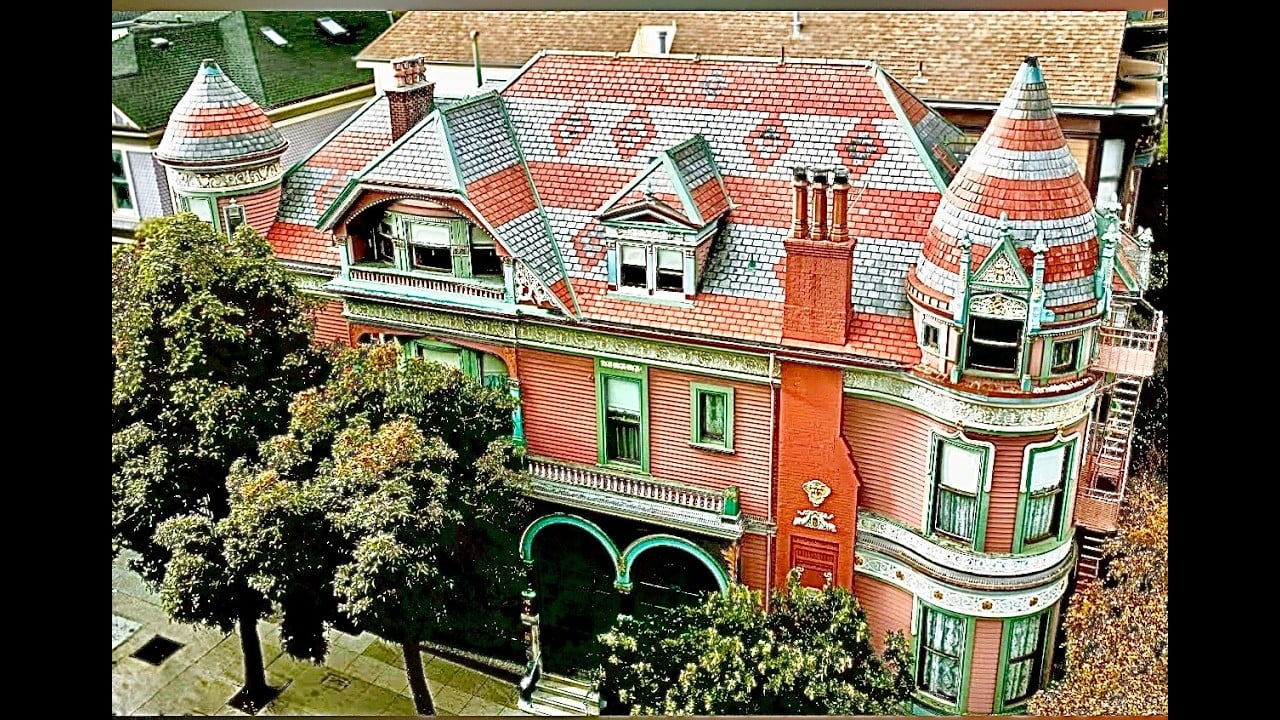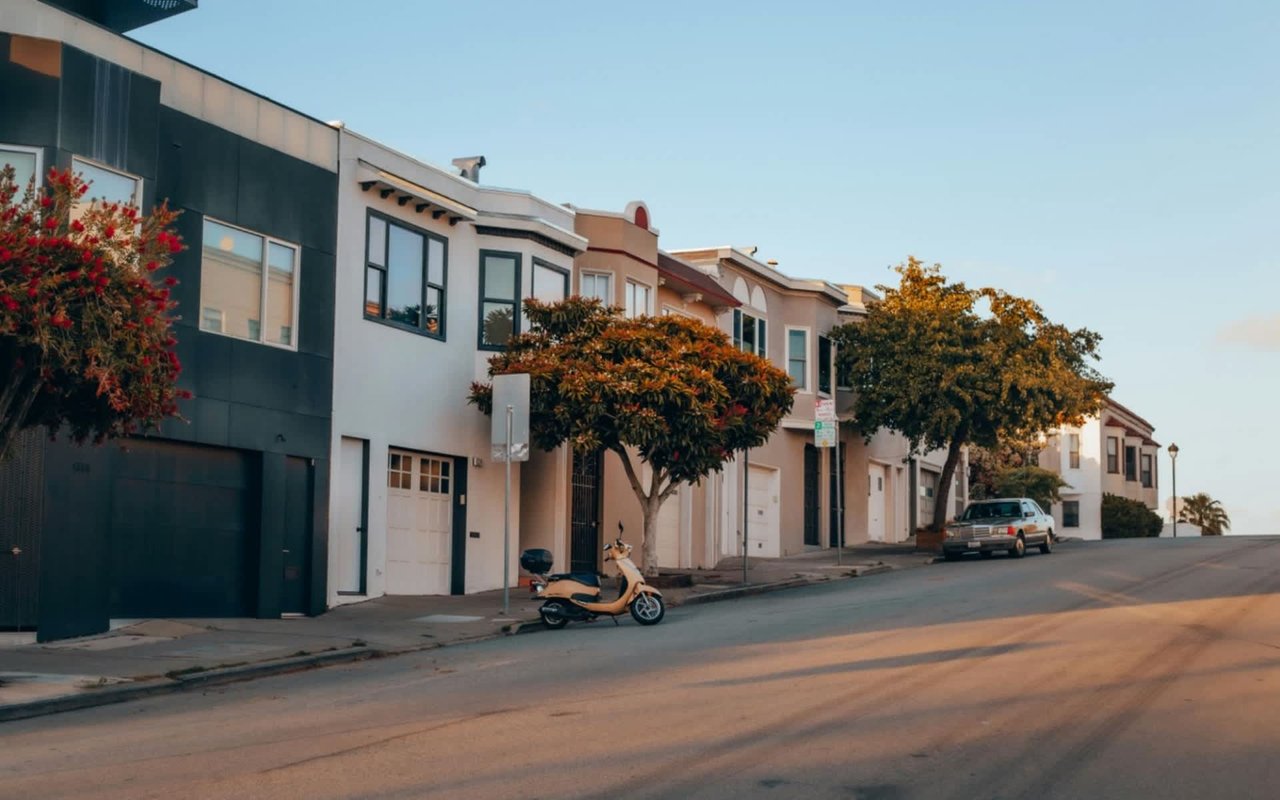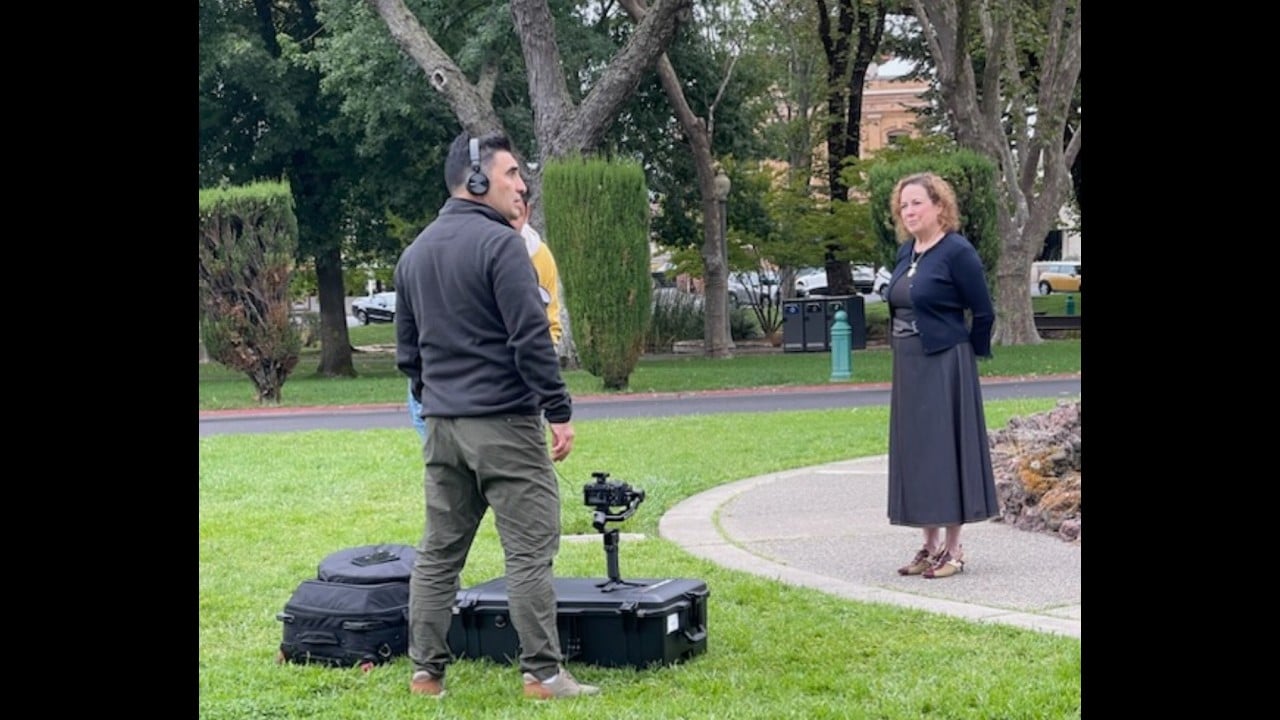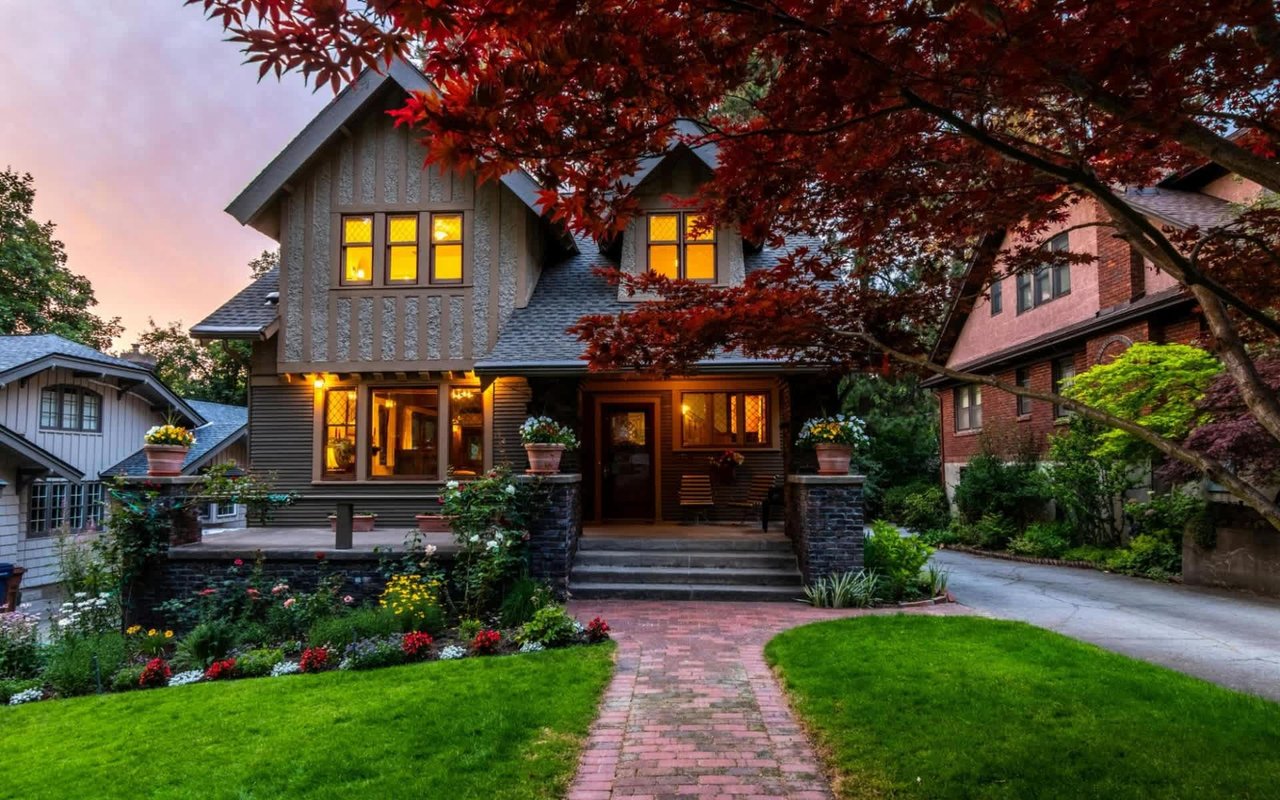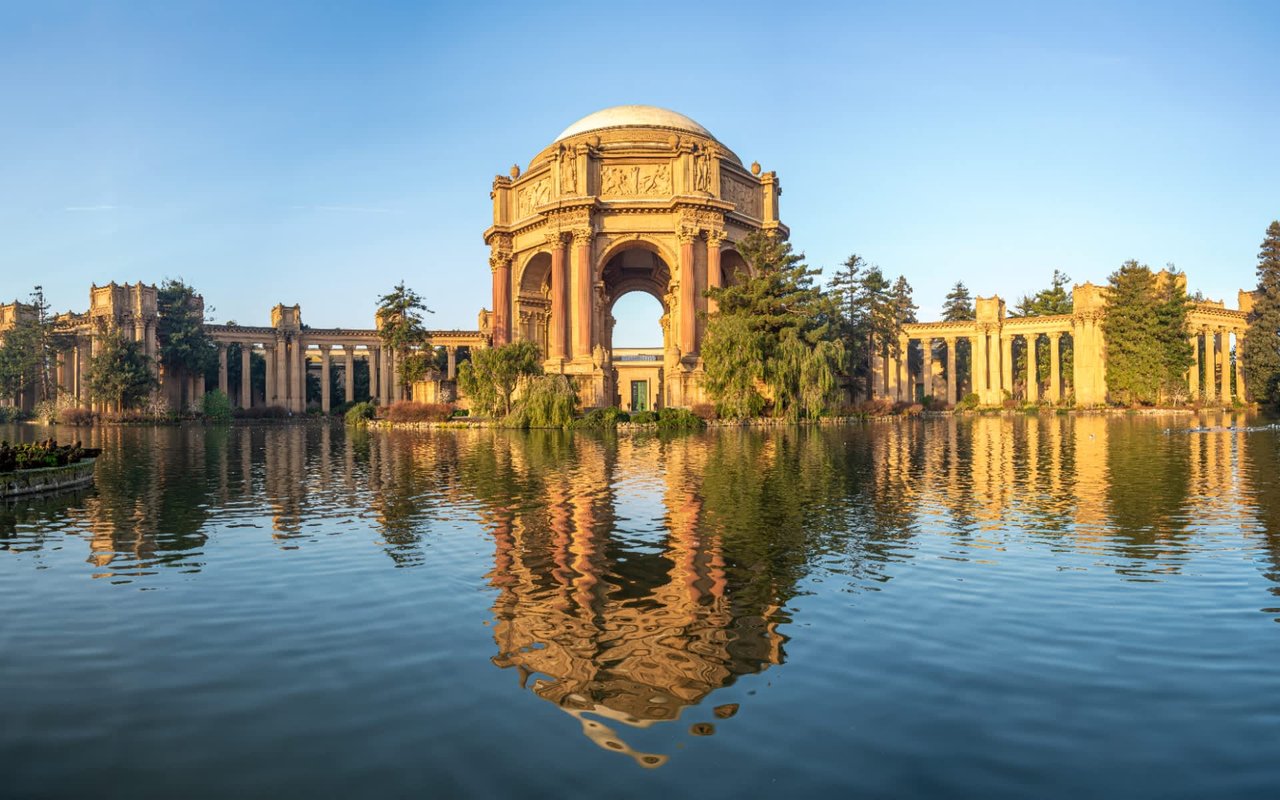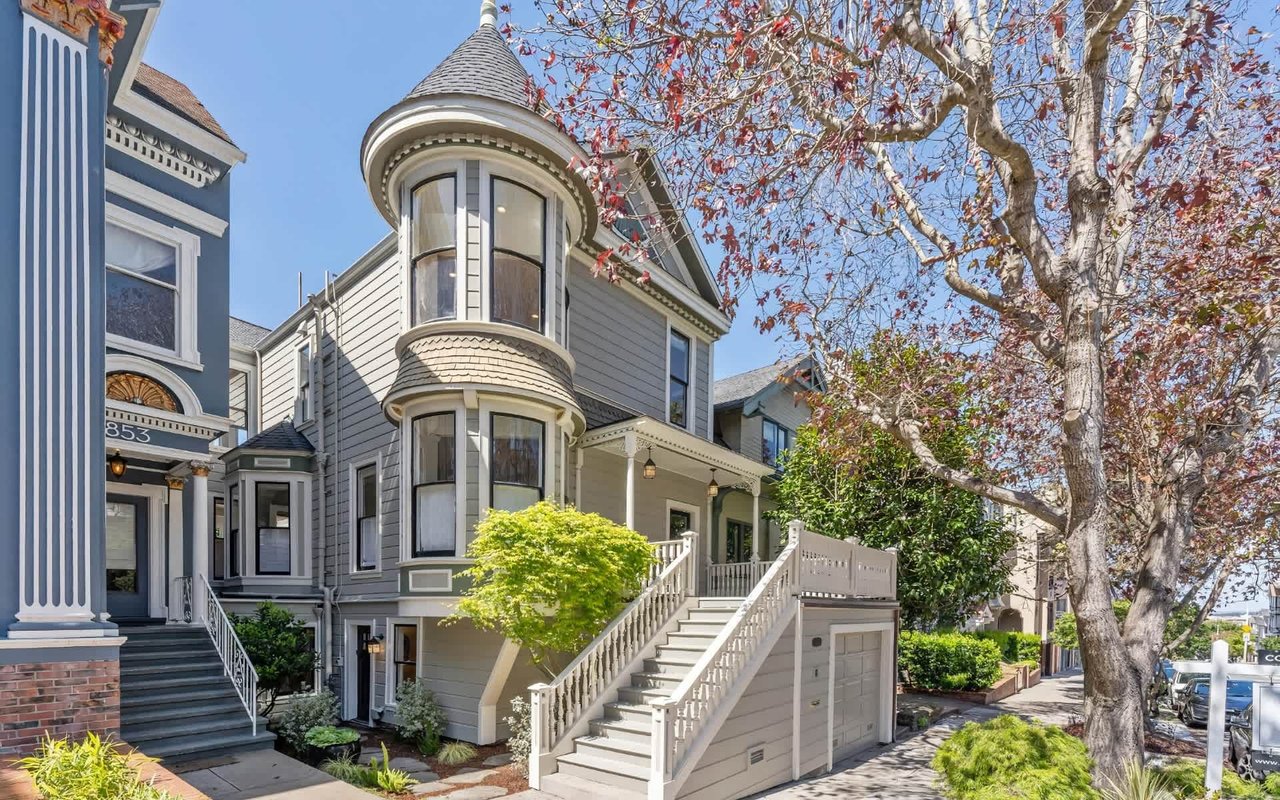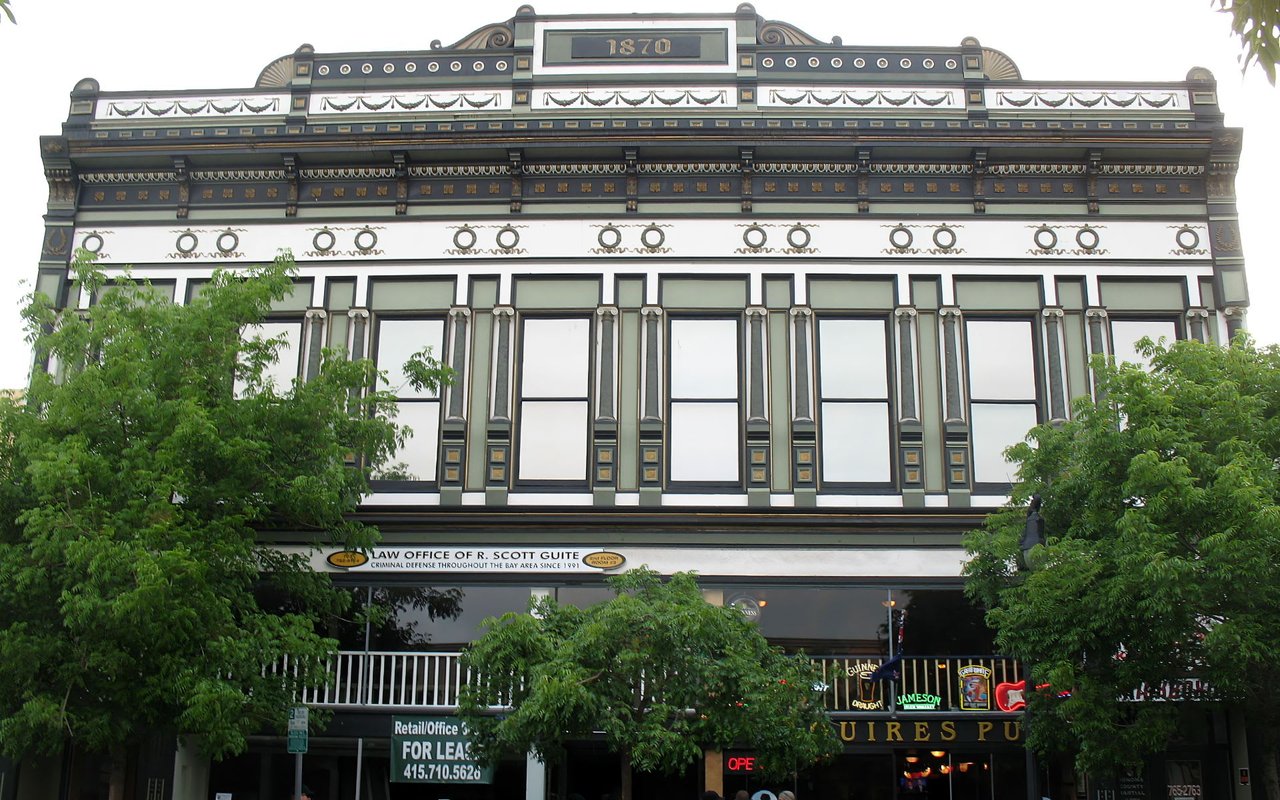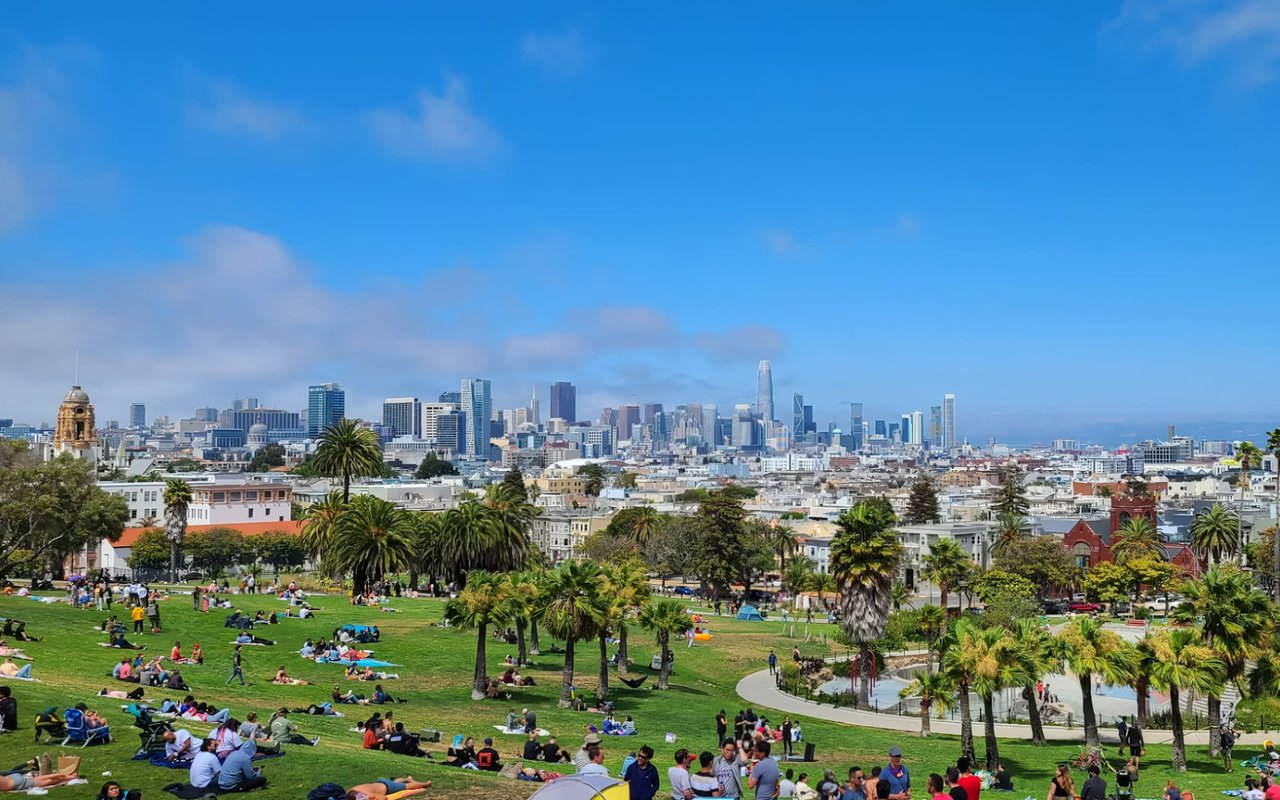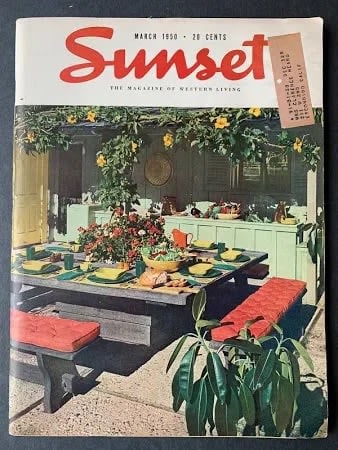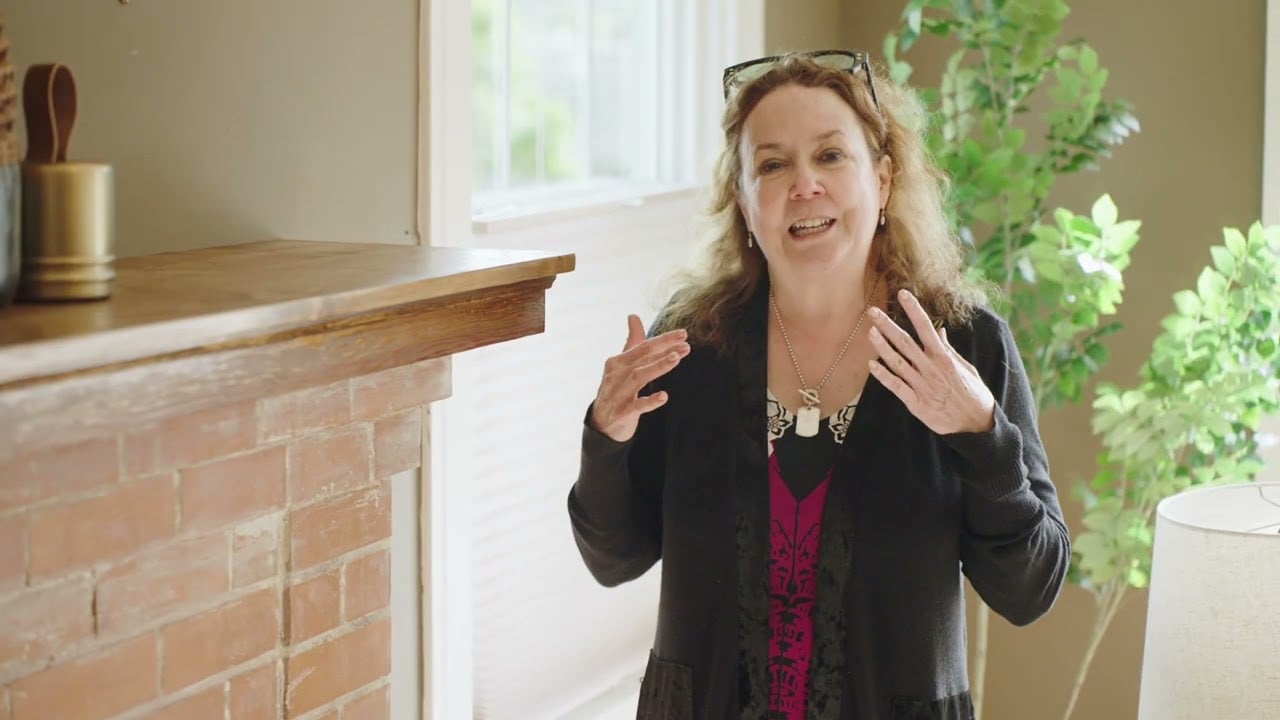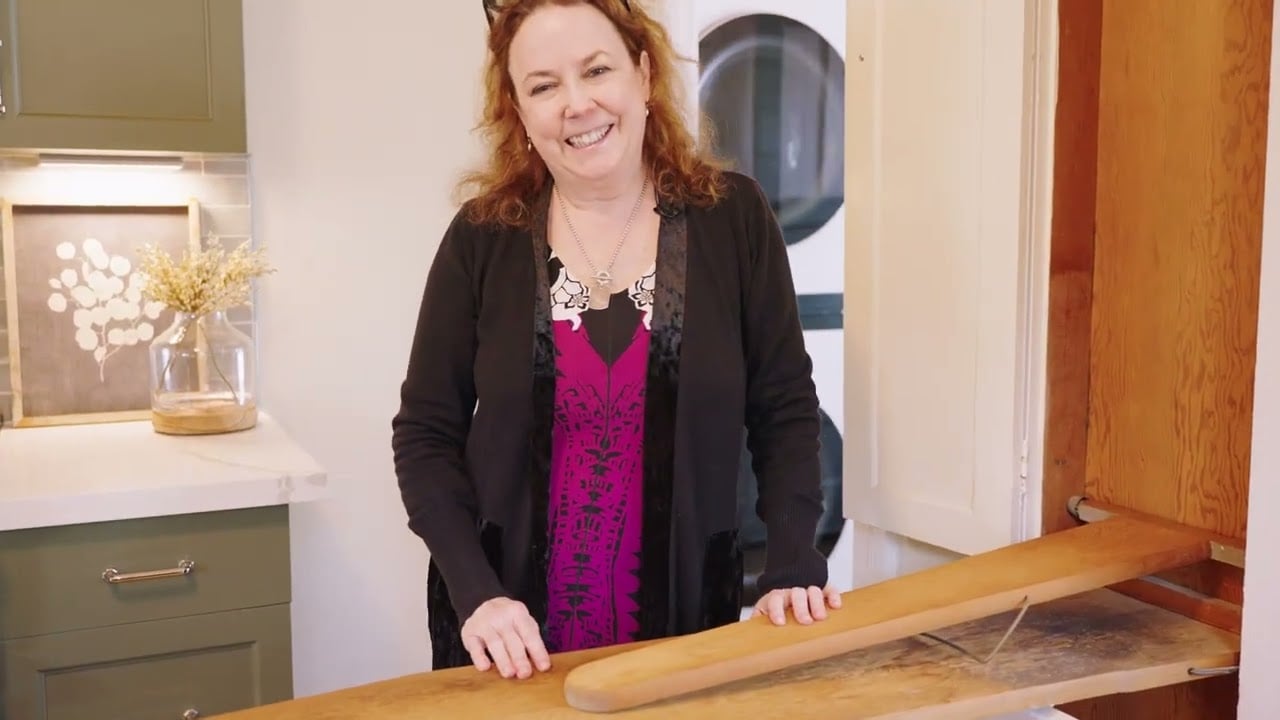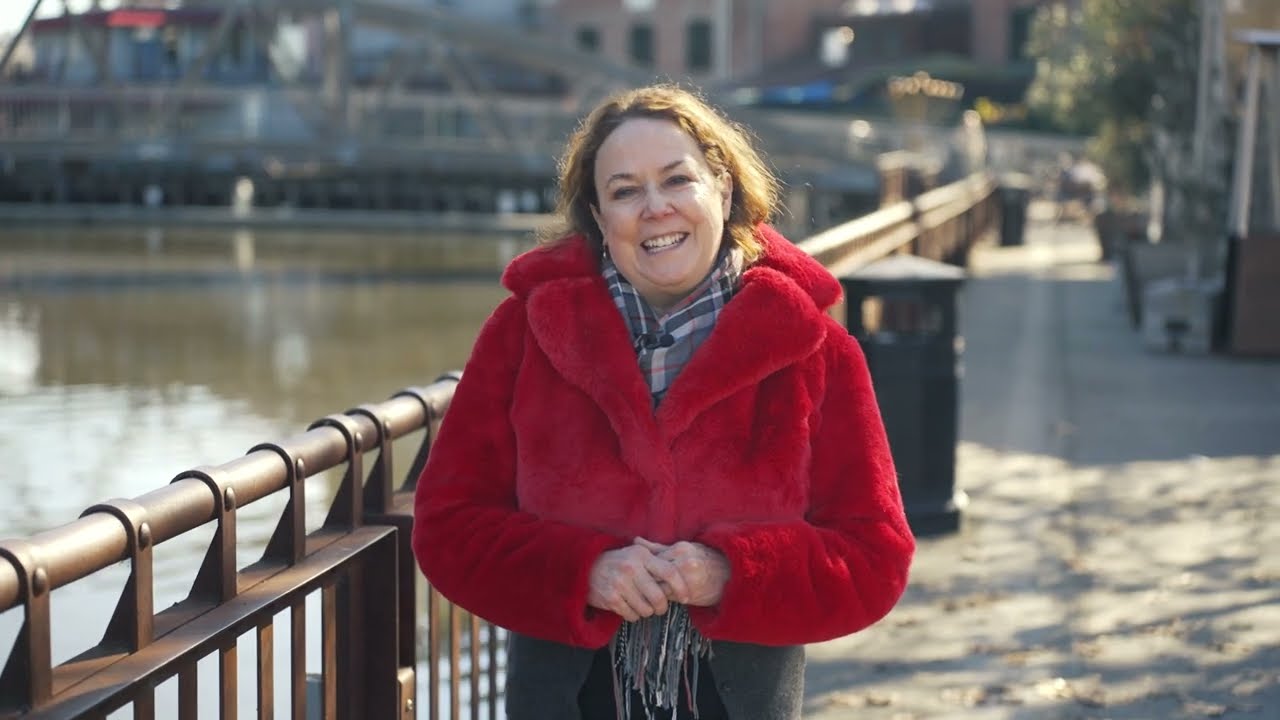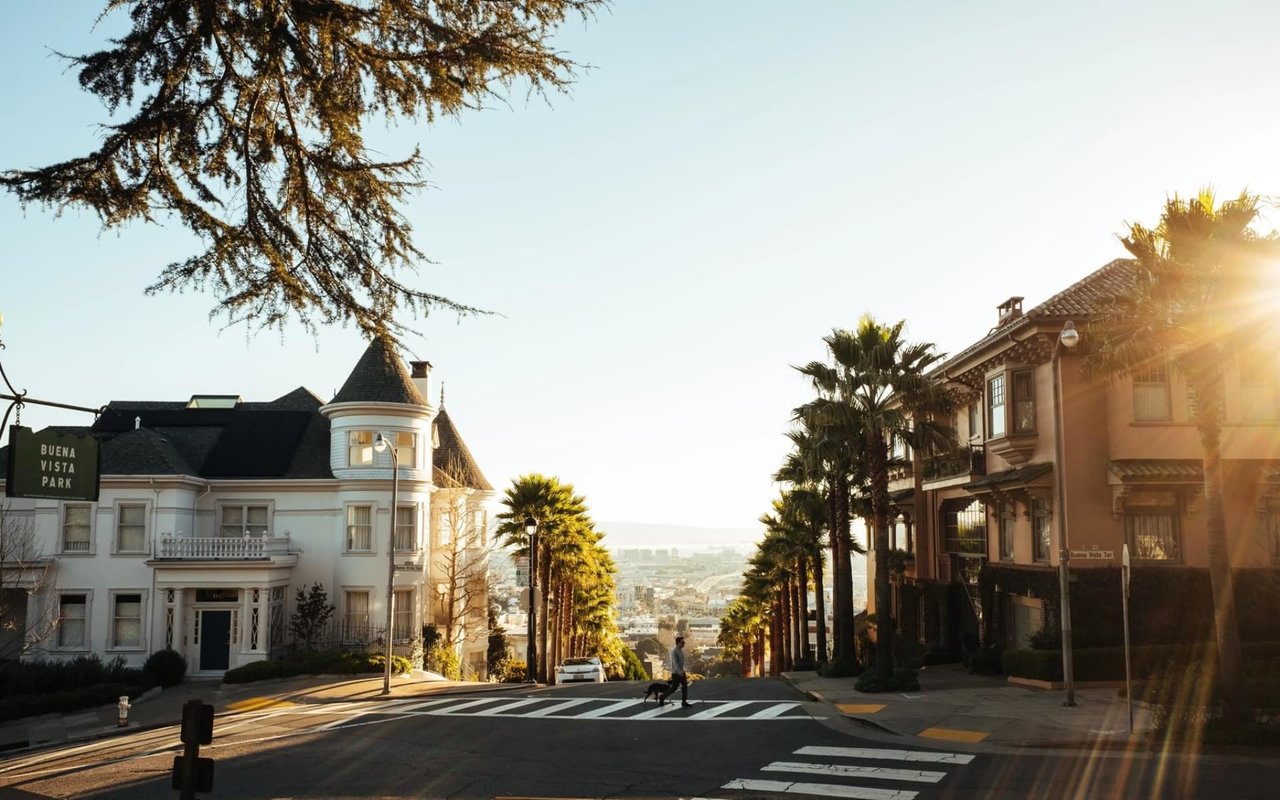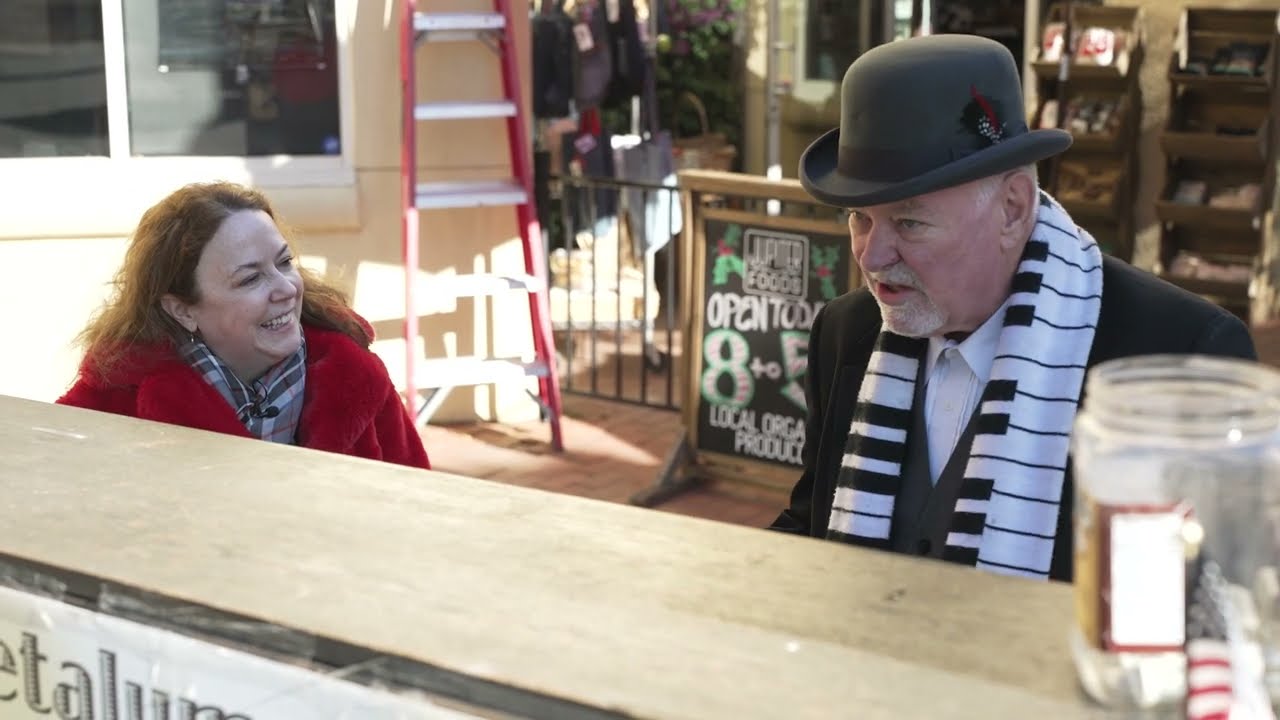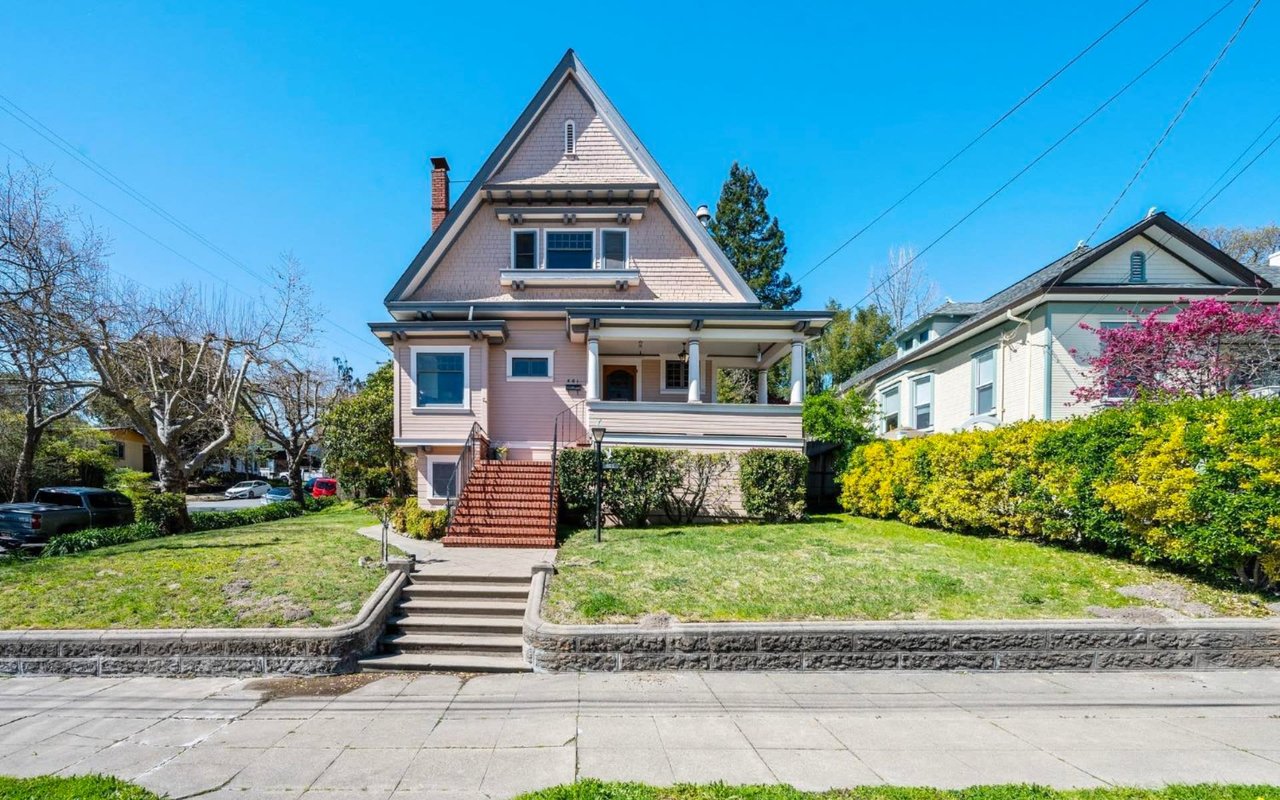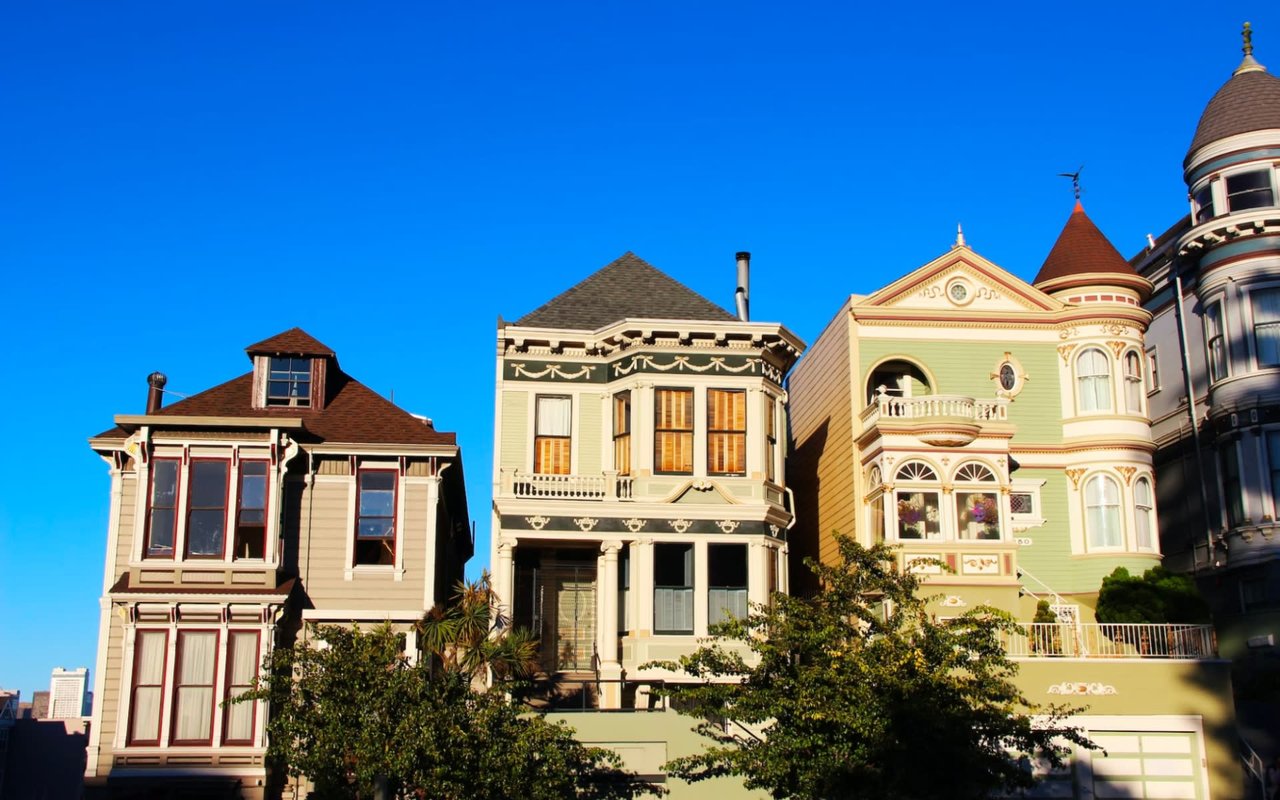Venture to practically any major news site, and you'll uncover a healthy dose of opinion pieces regarding the pros and cons of historic residential preservation. Both sides are passionate about their positions on the matter. The back-and-forth raises an interesting question—why do some cities, such as San Francisco, choose to embrace and protect their architectural heritage? In contrast, why do others eschew the idea of preservation laws and historic districts?
Cities vary in their approach to protecting their architectural heritage due to a combination of factors, including economics, cultural values, and community involvement, among others. Here, we explore five primary factors that lead some cities to protect their historic properties while others don't.
Economic Factors
Priorities vary from city to city. While the economic impact of preserving historic buildings can be significant, attracting tourists, creating jobs, and boosting local businesses, not every municipality considers preservation a viable use of funds. In some cities where real estate values are exceptionally high, the financial incentive to demolish old buildings and construct new, more profitable structures can outweigh the benefits of preservation. Others, however, find significant value in maintaining a heritage that looks forward while still honoring its past.
San Francisco is a prime example of a city that leverages its historical lineage to great benefit for both residents and visitors and the betterment of the area as a whole. The city's commitment to updating and maintaining its vintage structures and cityscapes —currently 315 official San Francisco Designated Landmarks and 13 San Francisco Landmark Districts — enhances its tourist appeal, ongoing economic viability, and strong property values.
By contrast, cities such as Detroit, MI, with prolonged economic downturns, face challenges in preserving their historic buildings and justifying the cost of preservation over new development.
San Francisco is a prime example of a city that leverages its historical lineage to great benefit for both residents and visitors and the betterment of the area as a whole. The city's commitment to updating and maintaining its vintage structures and cityscapes —currently 315 official San Francisco Designated Landmarks and 13 San Francisco Landmark Districts — enhances its tourist appeal, ongoing economic viability, and strong property values.
By contrast, cities such as Detroit, MI, with prolonged economic downturns, face challenges in preserving their historic buildings and justifying the cost of preservation over new development.
Cultural Values
In cities with a strong sense of identity and history, there's often a greater emphasis on preserving heritage to maintain the city's character and charm. Cities like Charleston, SC and Savannah, GA, are renowned for their well-preserved historic districts, which are integral to their cultural identity and appeal, with the former establishing the nation's first historic district in 1931.
Additionally, the average age of those two cities is 320 years, which provides a trove of viable structures worthy of preservation and a considerable head start on developing the programs to do so.
Additionally, the average age of those two cities is 320 years, which provides a trove of viable structures worthy of preservation and a considerable head start on developing the programs to do so.
More recently established cities, typically those within the last century and a half, such as the 135-year-old Oklahoma City, OK, have a much smaller inventory of historically relevant properties. These areas focus their cultural emphasis on growth, modernization and new development rather than preserving relatively young historic sites.
Governance and Regulatory Frameworks
The presence and enforcement of local laws and regulations play a critical role in protecting historic properties. Cities with stringent preservation ordinances and active landmark preservation commissions are more likely to preserve their architectural heritage. The effectiveness of these bodies can depend on political will, public interest, and the allocation of sufficient resources to enforce regulations.
With origins that date back nearly 400 years, Boston, MA, has a robust framework for historic preservation managed by the Boston Landmarks Commission, which has effectively preserved numerous historic sites and districts.
More than 2,700 miles west, the glimmering city of Las Vegas, NV, has fewer protections in place for historic buildings. Numerous iconic structures from its earliest days no longer exist, demolished in favor of newer developments, which leaves the spritely, 82-year-old Little Church of the West, Las Vegas Wedding Chapel as the oldest existing structure on the iconic Las Vegas Strip.
With origins that date back nearly 400 years, Boston, MA, has a robust framework for historic preservation managed by the Boston Landmarks Commission, which has effectively preserved numerous historic sites and districts.
More than 2,700 miles west, the glimmering city of Las Vegas, NV, has fewer protections in place for historic buildings. Numerous iconic structures from its earliest days no longer exist, demolished in favor of newer developments, which leaves the spritely, 82-year-old Little Church of the West, Las Vegas Wedding Chapel as the oldest existing structure on the iconic Las Vegas Strip.
Community Involvement and Advocacy
Preservation is very much a grassroots effort, and cities with active community groups and non-governmental organizations that advocate for historic preservation tend to have better protection for their historic sites. These groups often raise public awareness about the historical significance of buildings and are crucial in influencing policy and public perception. They sometimes even move to manage properties directly to save them. Their presence is a critical factor in preserving a city's historic fabric.
In addition to Charleston and Savannah, the standard bearers for preservation in the U.S., cities such as New Orleans, LA, Philadelphia, PA, and Santa Fe, NM, all have historic districts that benefit from strong community involvement and a dedicated preservationist community.
At the opposite end of the movement, Houston, TX, is among several cities that often allow historic buildings, homes and landmarks to deteriorate due largely to a lack of significant local advocacy to help identify and preserve them.
In addition to Charleston and Savannah, the standard bearers for preservation in the U.S., cities such as New Orleans, LA, Philadelphia, PA, and Santa Fe, NM, all have historic districts that benefit from strong community involvement and a dedicated preservationist community.
At the opposite end of the movement, Houston, TX, is among several cities that often allow historic buildings, homes and landmarks to deteriorate due largely to a lack of significant local advocacy to help identify and preserve them.
Development Pressures
In rapidly growing cities, development pressures can lead to the demolition of historic properties. The demand for housing and modern commercial spaces can result in landmark buildings viewed as obstacles to development rather than assets for preservation or repurposing while maintaining historical value.
Despite an intense development environment, New York City has managed to preserve a significant amount of its historic architecture through designated landmarks and historic districts rigorously protected by local laws. Washington, D.C., also prioritizes preservation in the face of new development by regulating alterations and new construction in sensitive areas to maintain the city's unique historical integrity.
However, cities such as Austin, TX and Seattle, WA, with an average age of 180 years between them, are municipalities that feel considerably newer than history indicates, thanks to rapid growth and economic transformations. Such periods of expansion often favor high-density urban landscapes and modernization over preserving old structures.
Despite an intense development environment, New York City has managed to preserve a significant amount of its historic architecture through designated landmarks and historic districts rigorously protected by local laws. Washington, D.C., also prioritizes preservation in the face of new development by regulating alterations and new construction in sensitive areas to maintain the city's unique historical integrity.
However, cities such as Austin, TX and Seattle, WA, with an average age of 180 years between them, are municipalities that feel considerably newer than history indicates, thanks to rapid growth and economic transformations. Such periods of expansion often favor high-density urban landscapes and modernization over preserving old structures.
Discover San Francisco's Victorian Heritage
Each city's approach to historic preservation is shaped by a unique mix of factors, reflecting its priorities, values, and economic conditions. For cities that protect their historic properties, the benefits often extend beyond maintaining architectural heritage. They enhance community identity, support sustainable development, and enrich the quality of life for residents and visitors.
If you want to learn more about San Francisco and its tapestry of historic homes, contact Bonnie Spindler, The Victorian Specialist, today to start a one-of-a-kind journey into the city's richly layered residential history. As a past president of The Victorian Alliance of San Francisco, allow Bonnie's extensive knowledge and unmistakable passion for pre-1926 architecture to help you navigate the path to many of San Francisco's most treasured, sought-after properties.
If you want to learn more about San Francisco and its tapestry of historic homes, contact Bonnie Spindler, The Victorian Specialist, today to start a one-of-a-kind journey into the city's richly layered residential history. As a past president of The Victorian Alliance of San Francisco, allow Bonnie's extensive knowledge and unmistakable passion for pre-1926 architecture to help you navigate the path to many of San Francisco's most treasured, sought-after properties.
